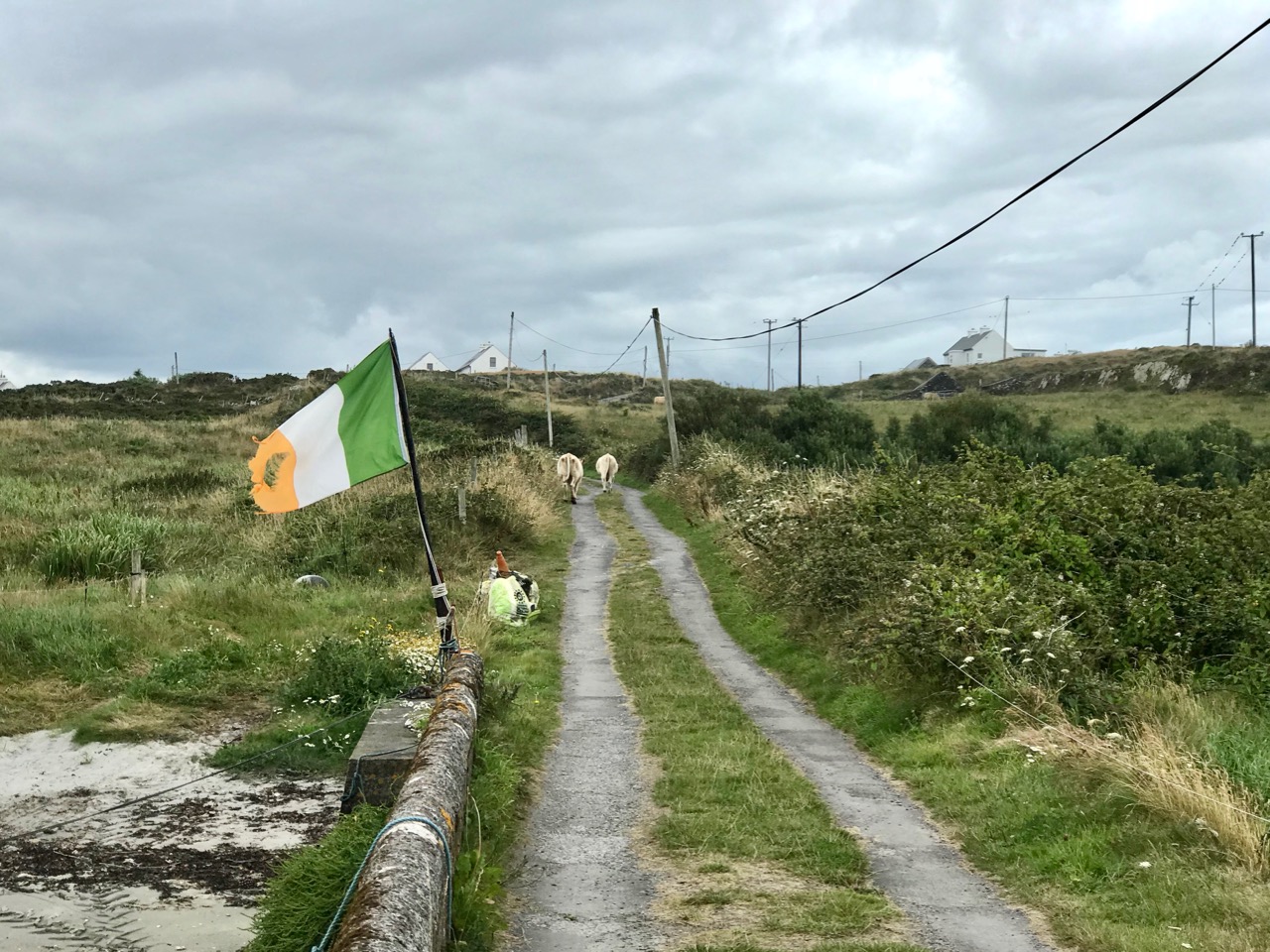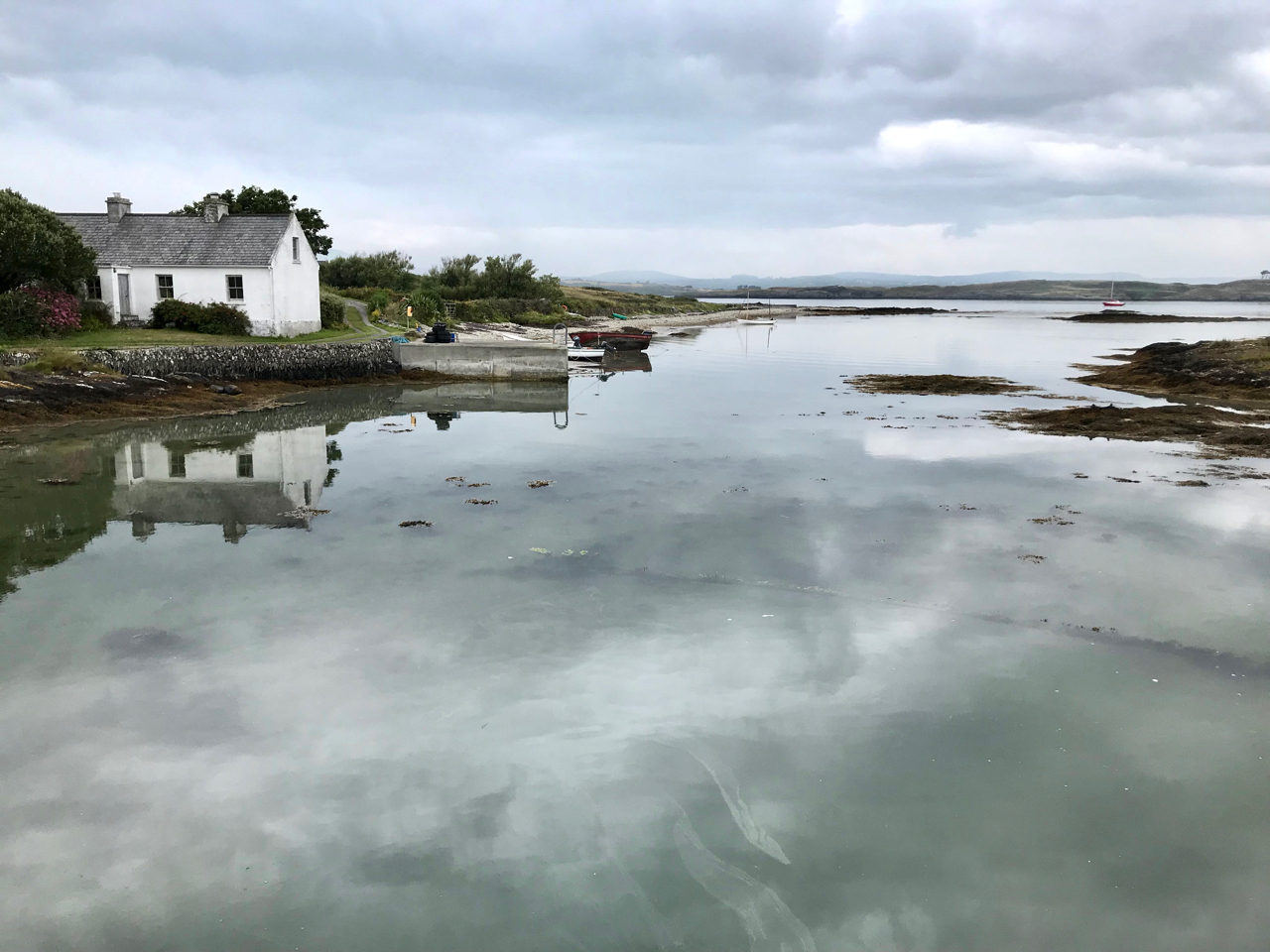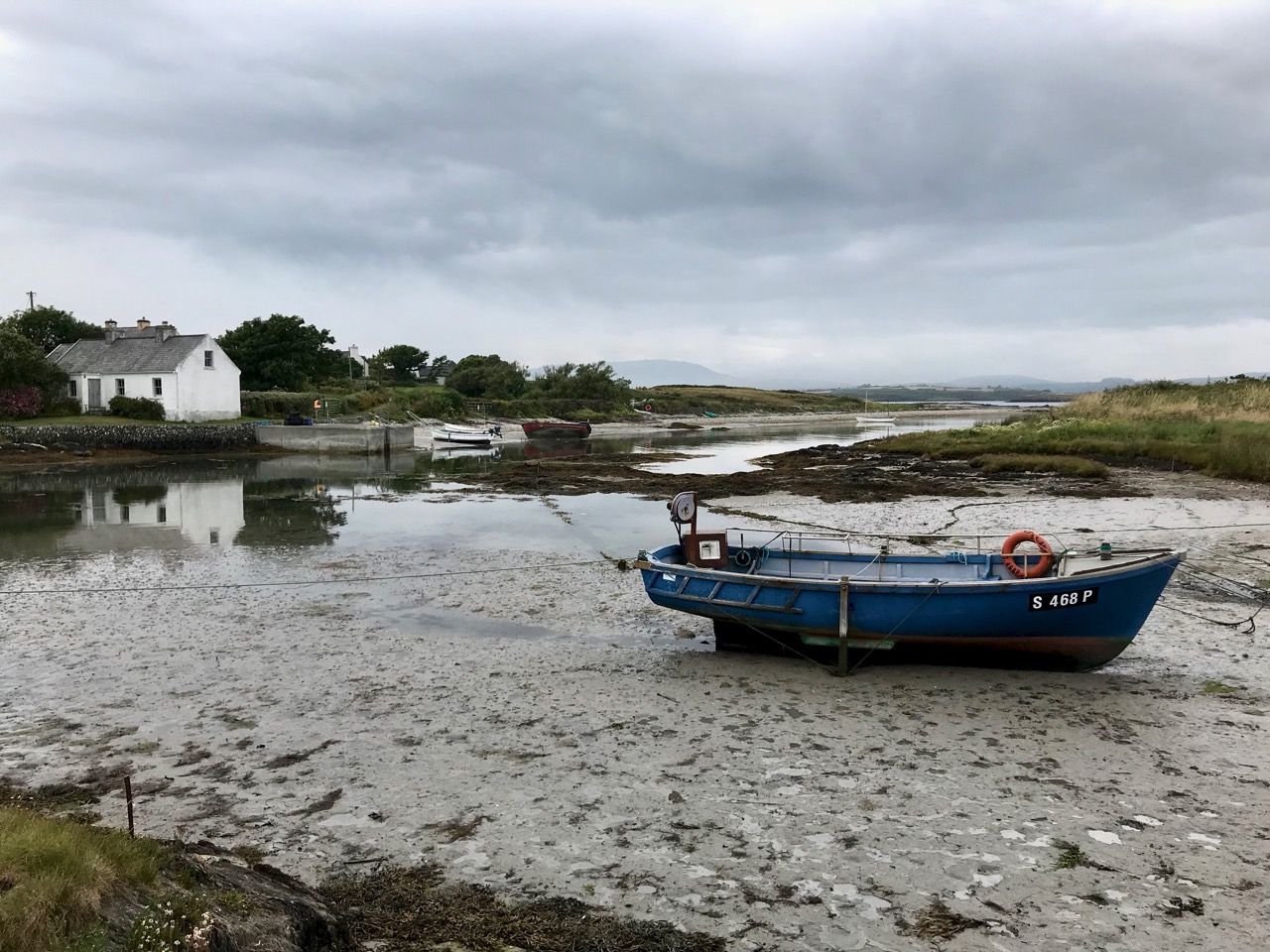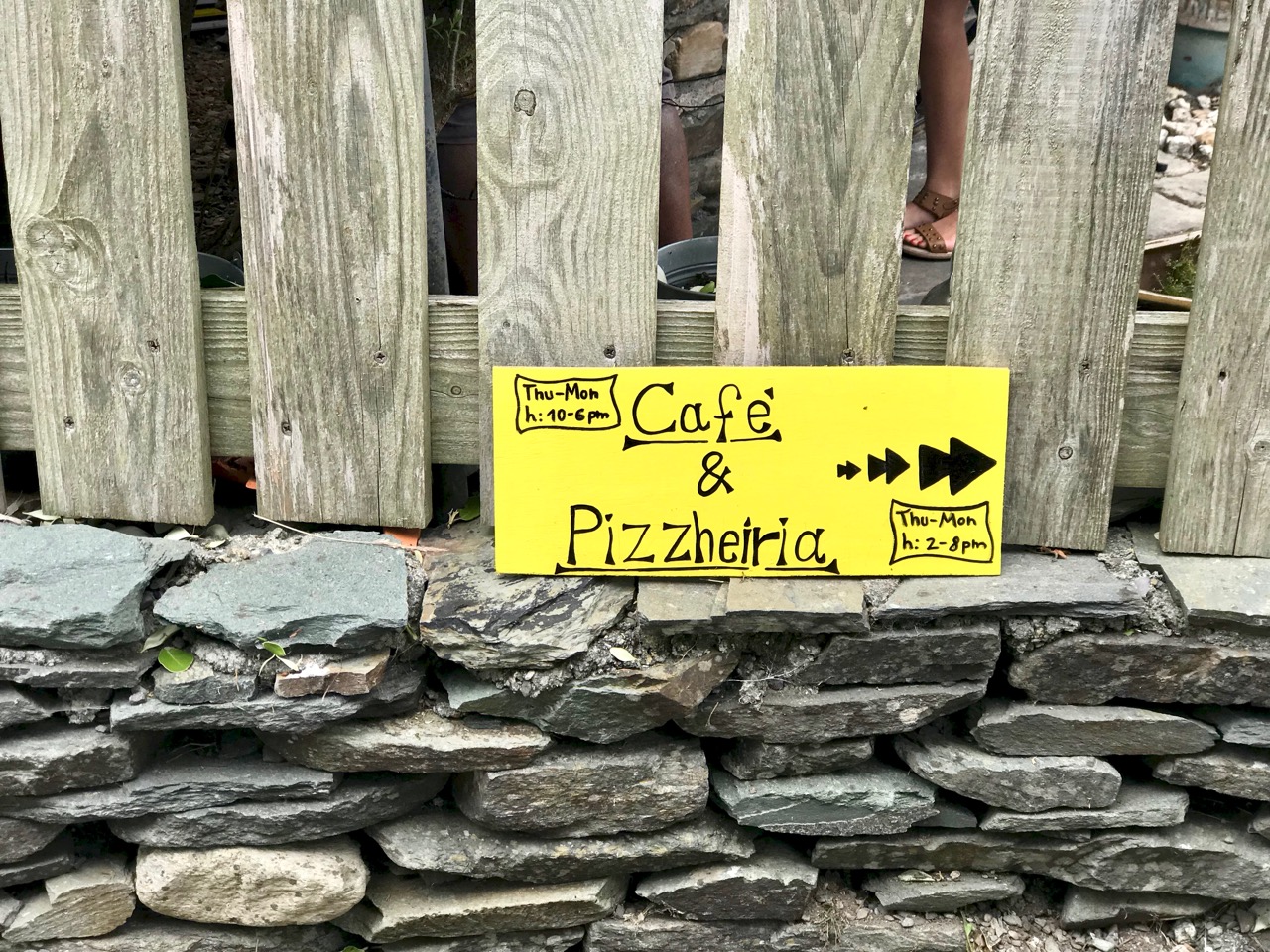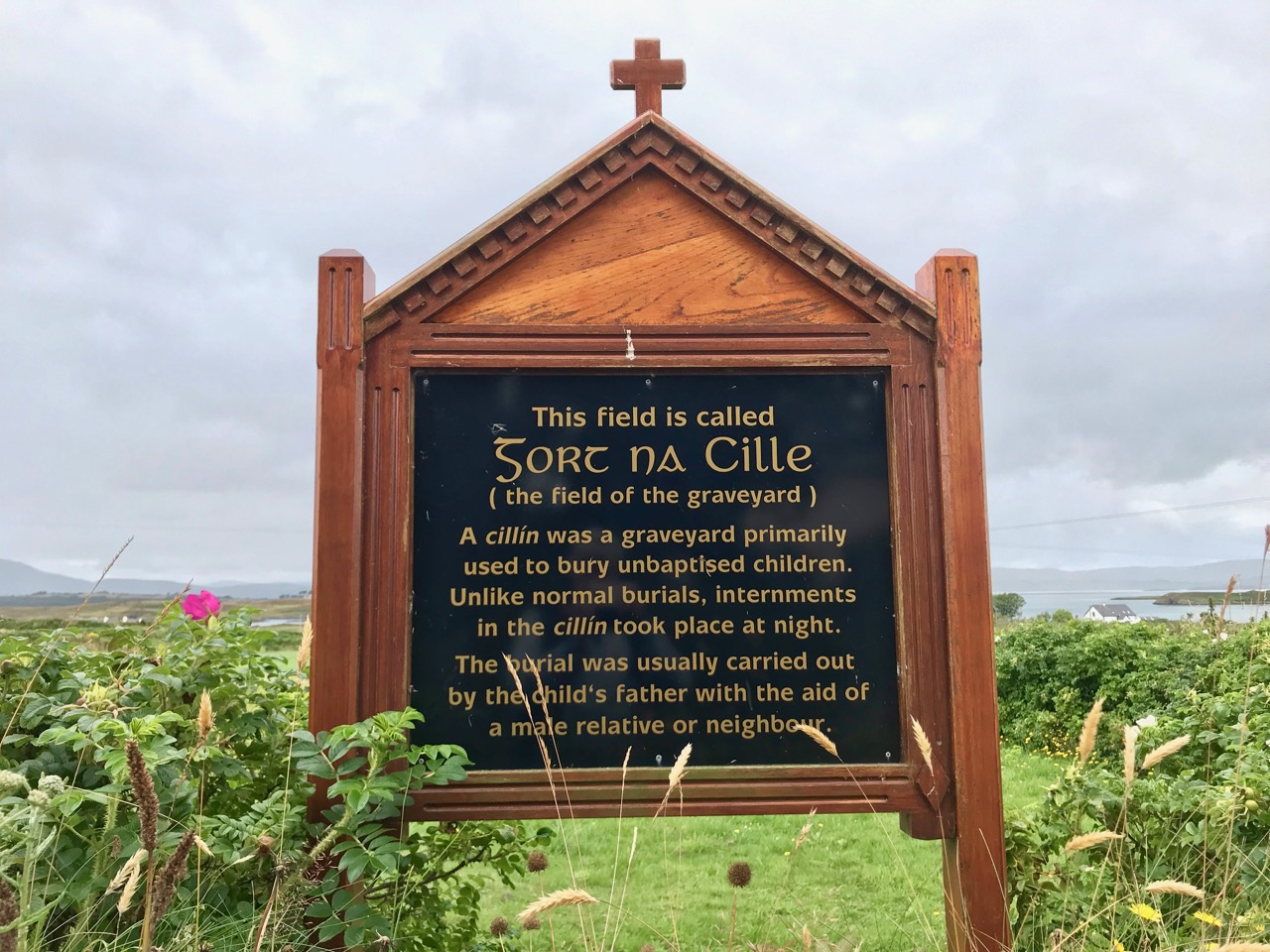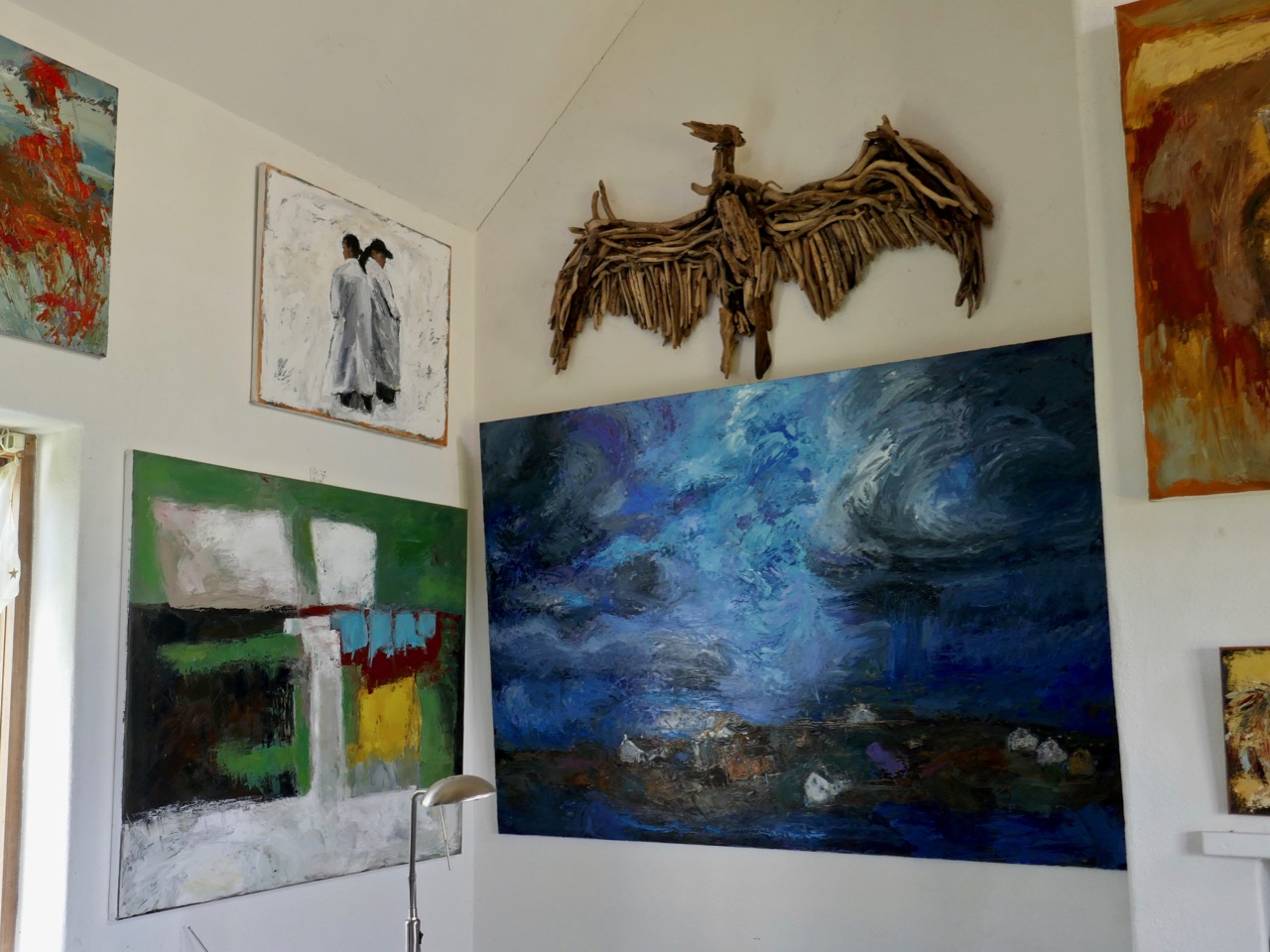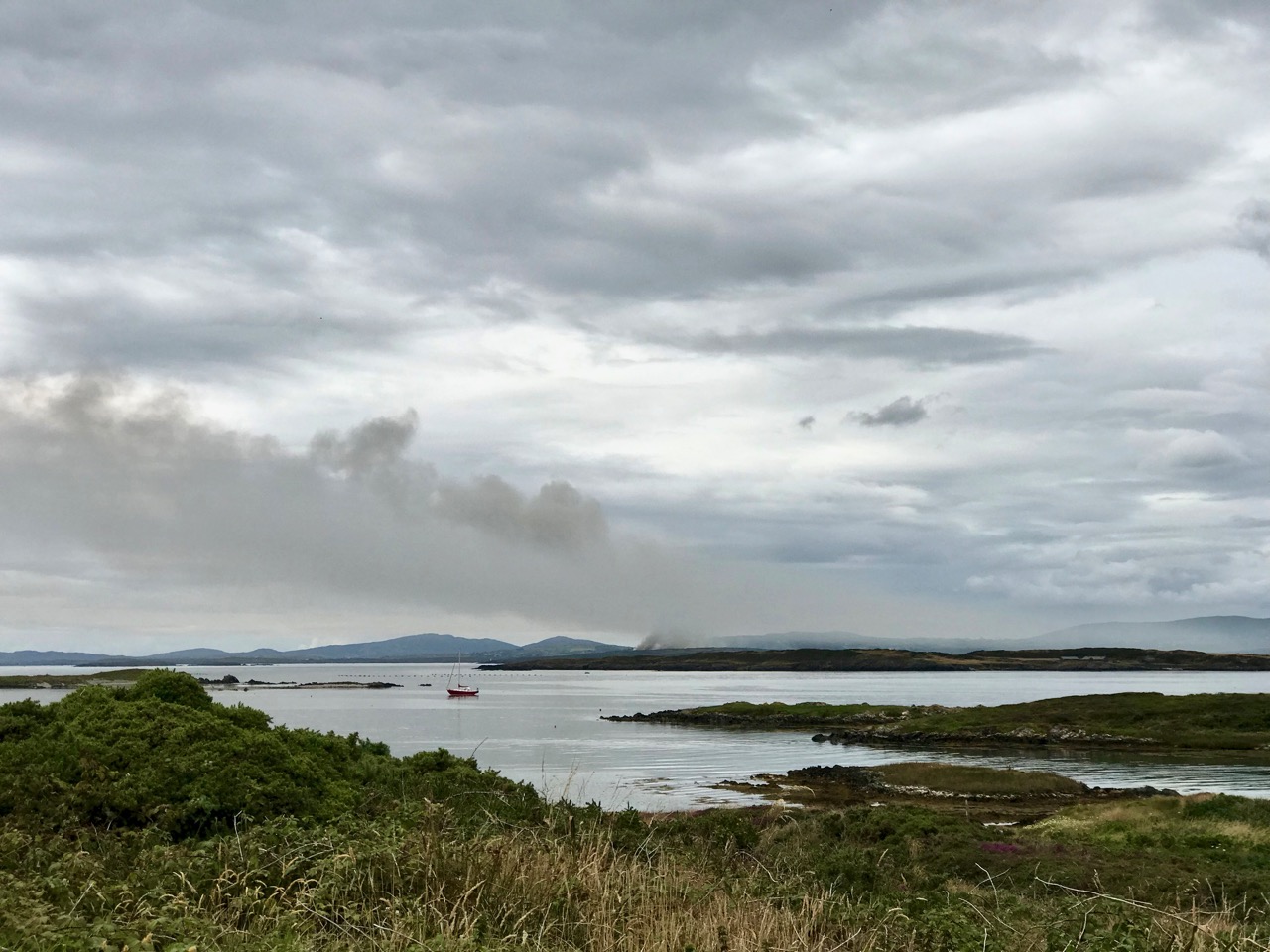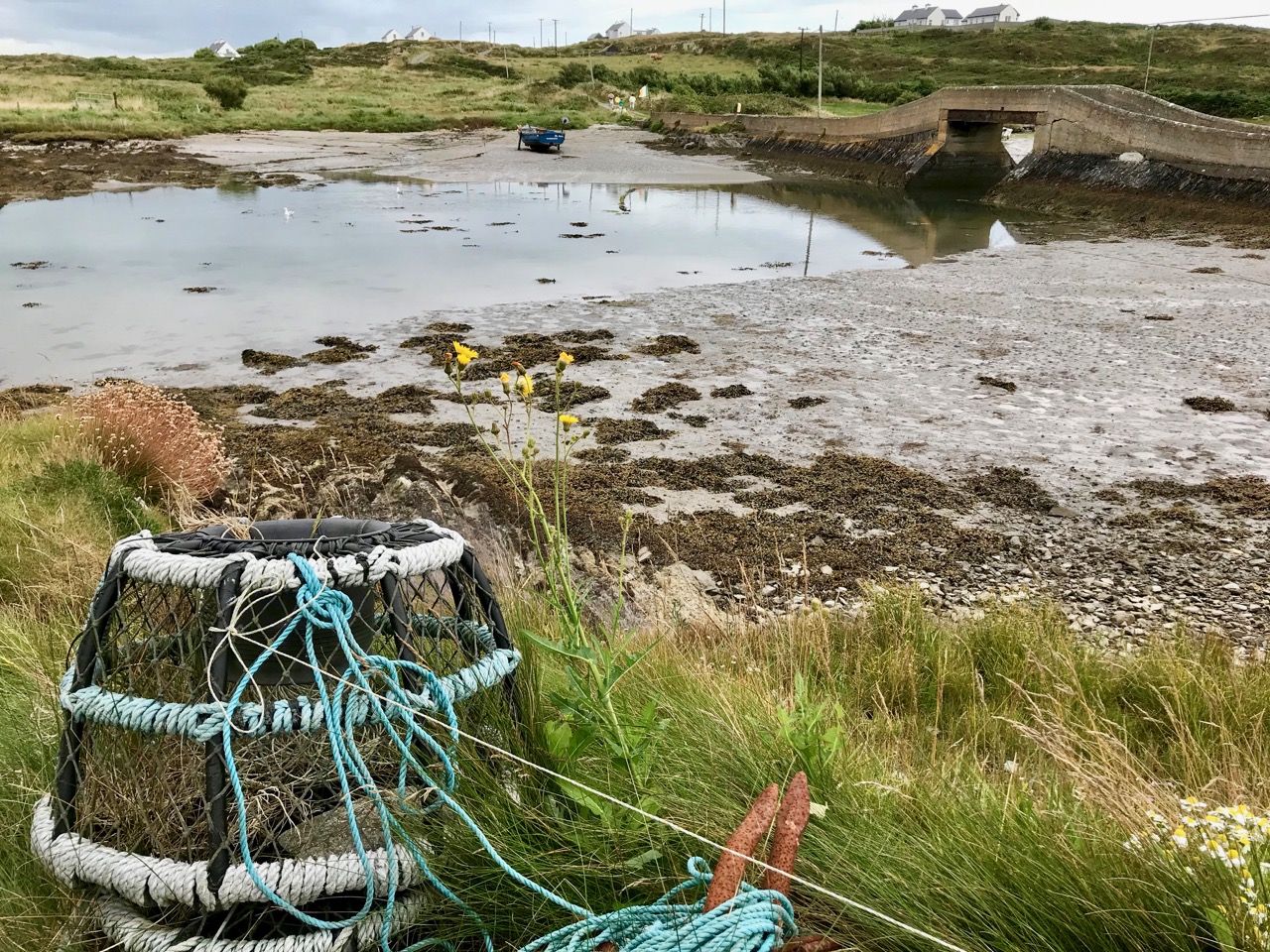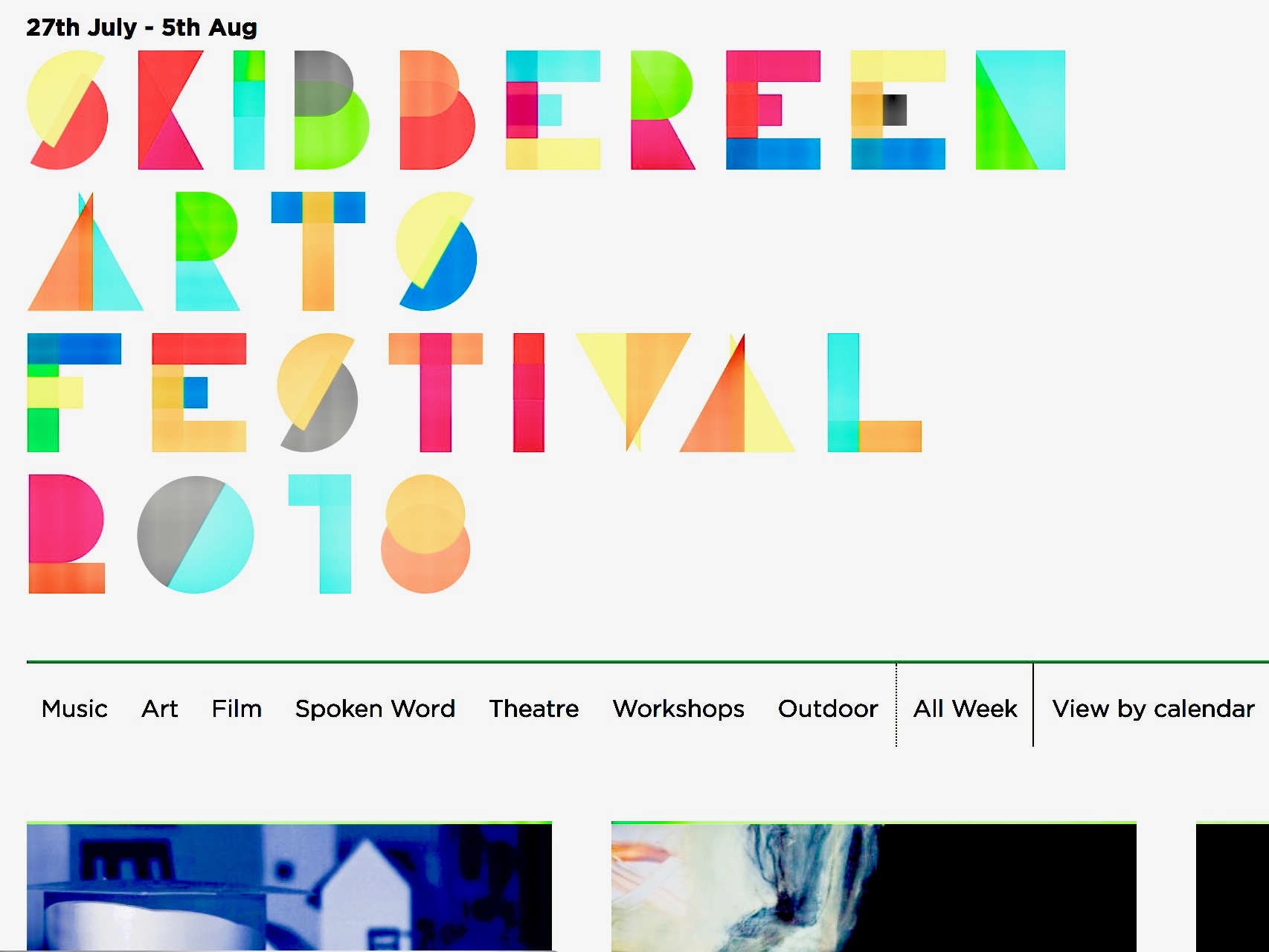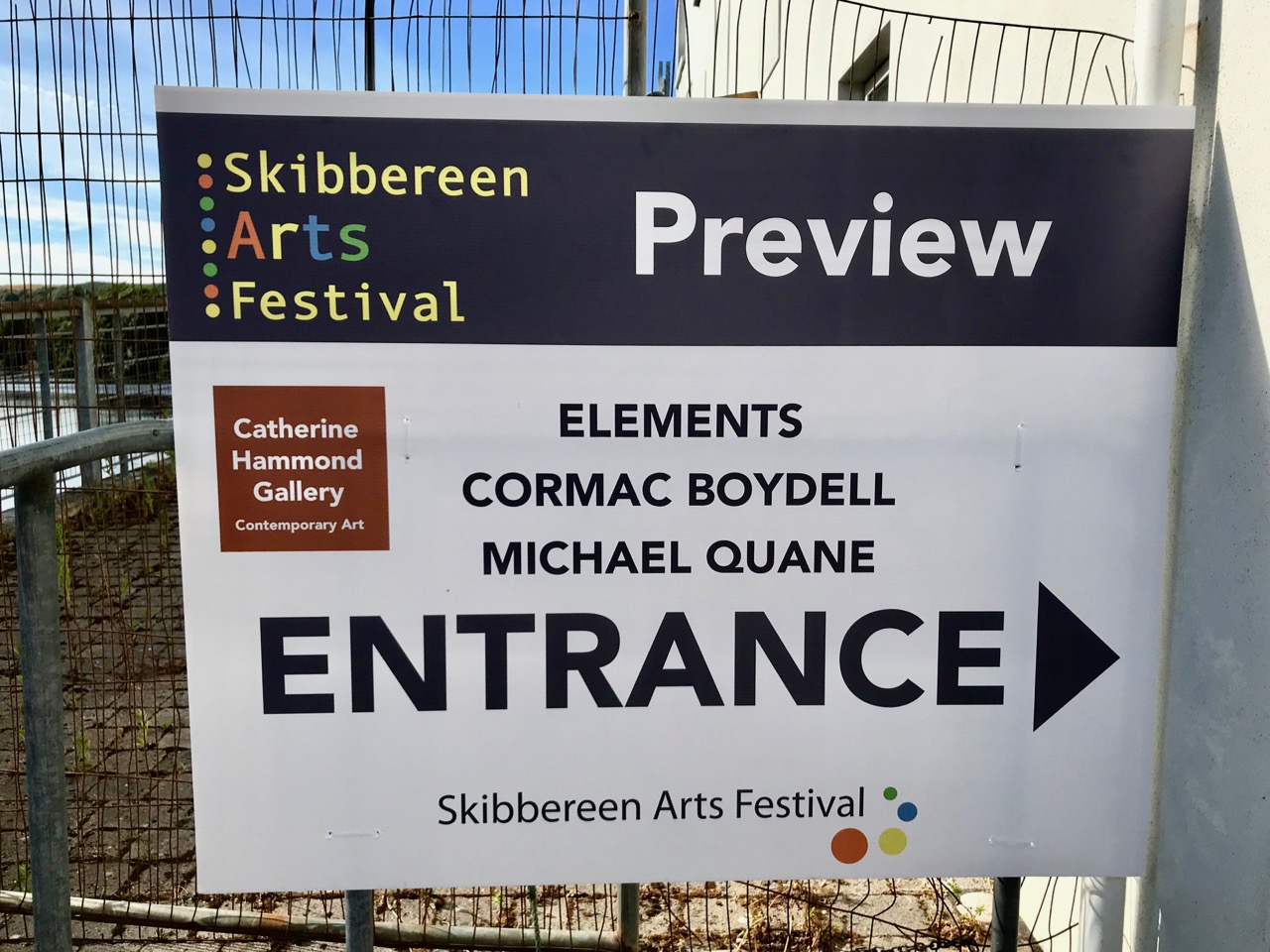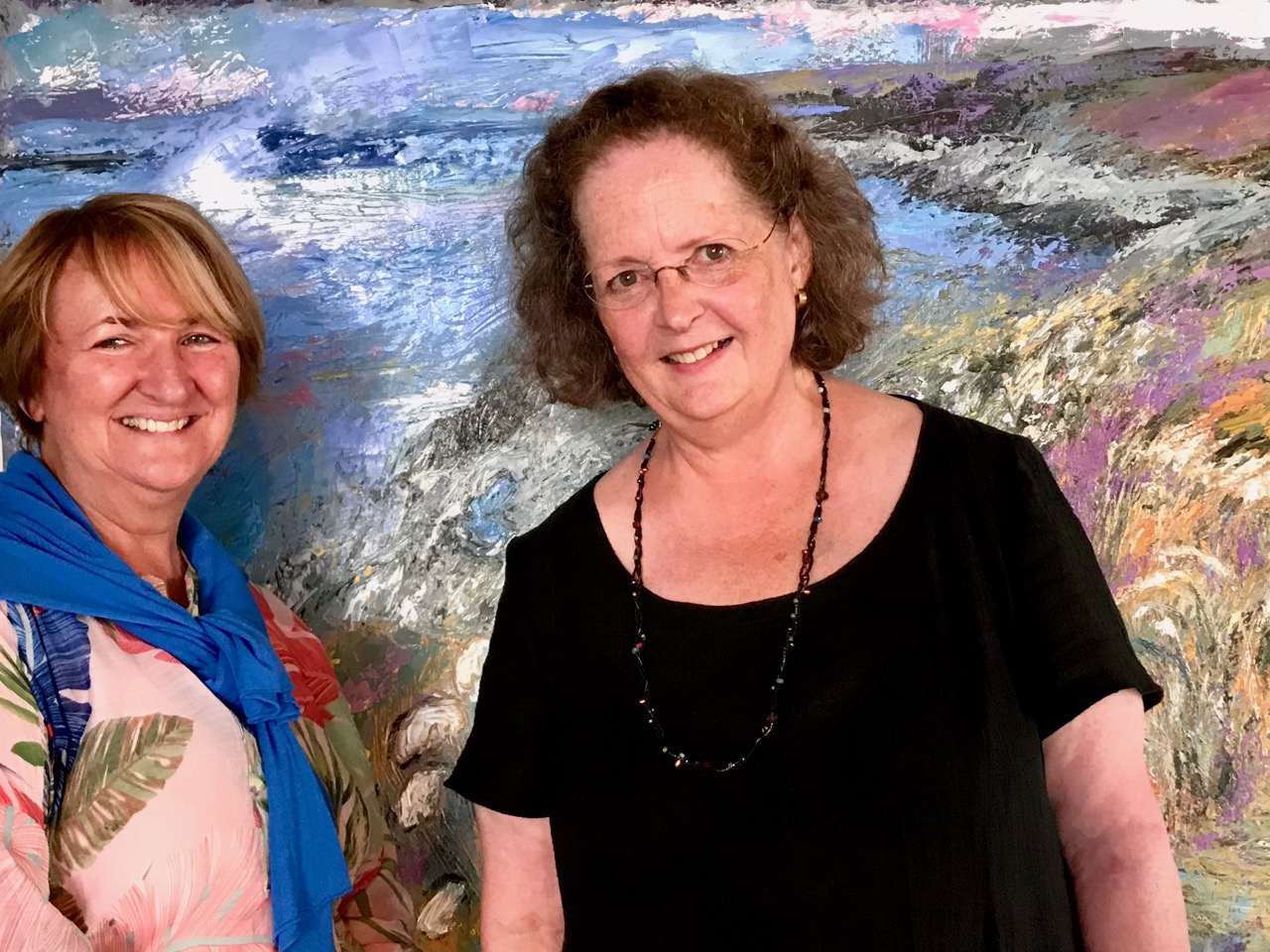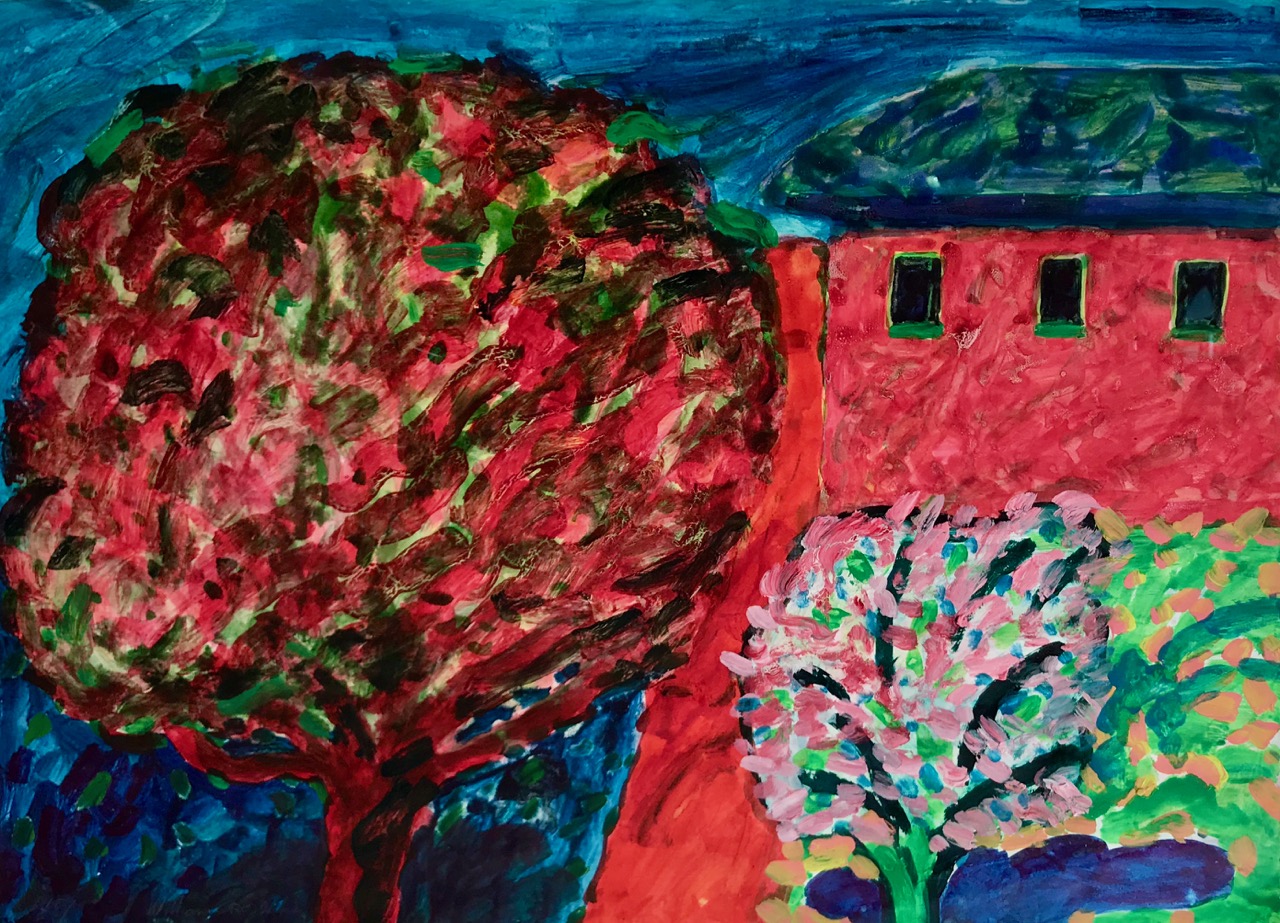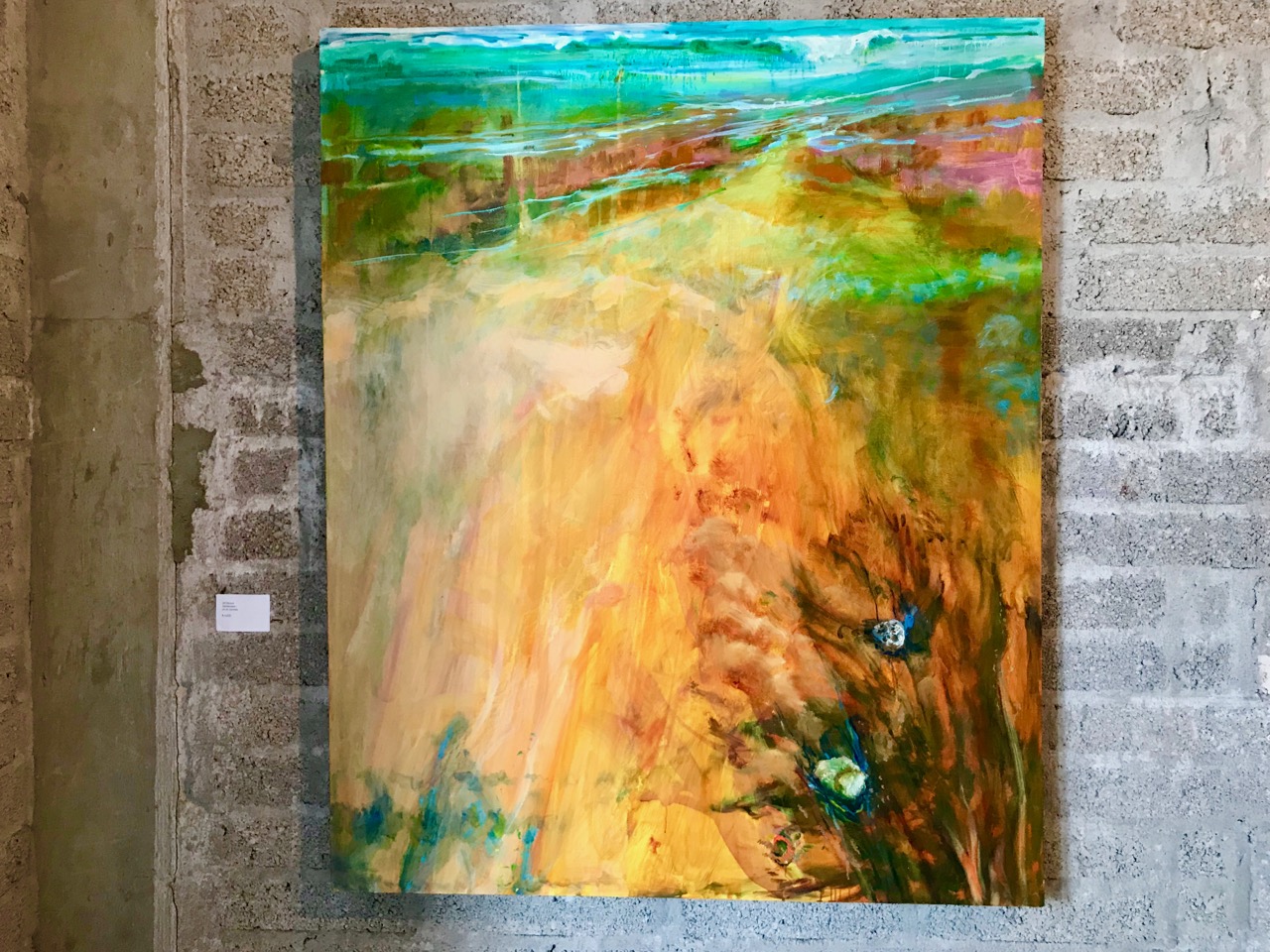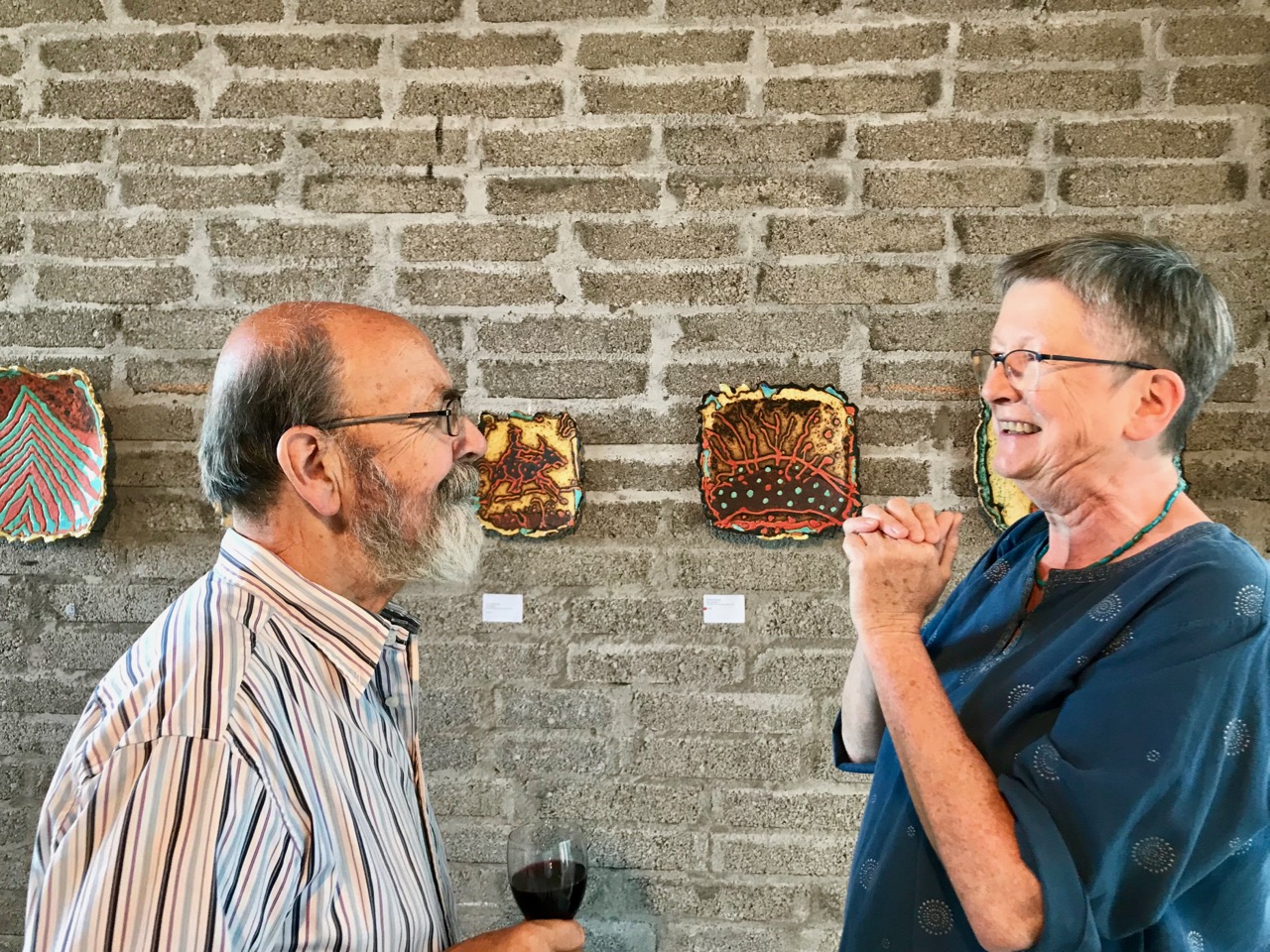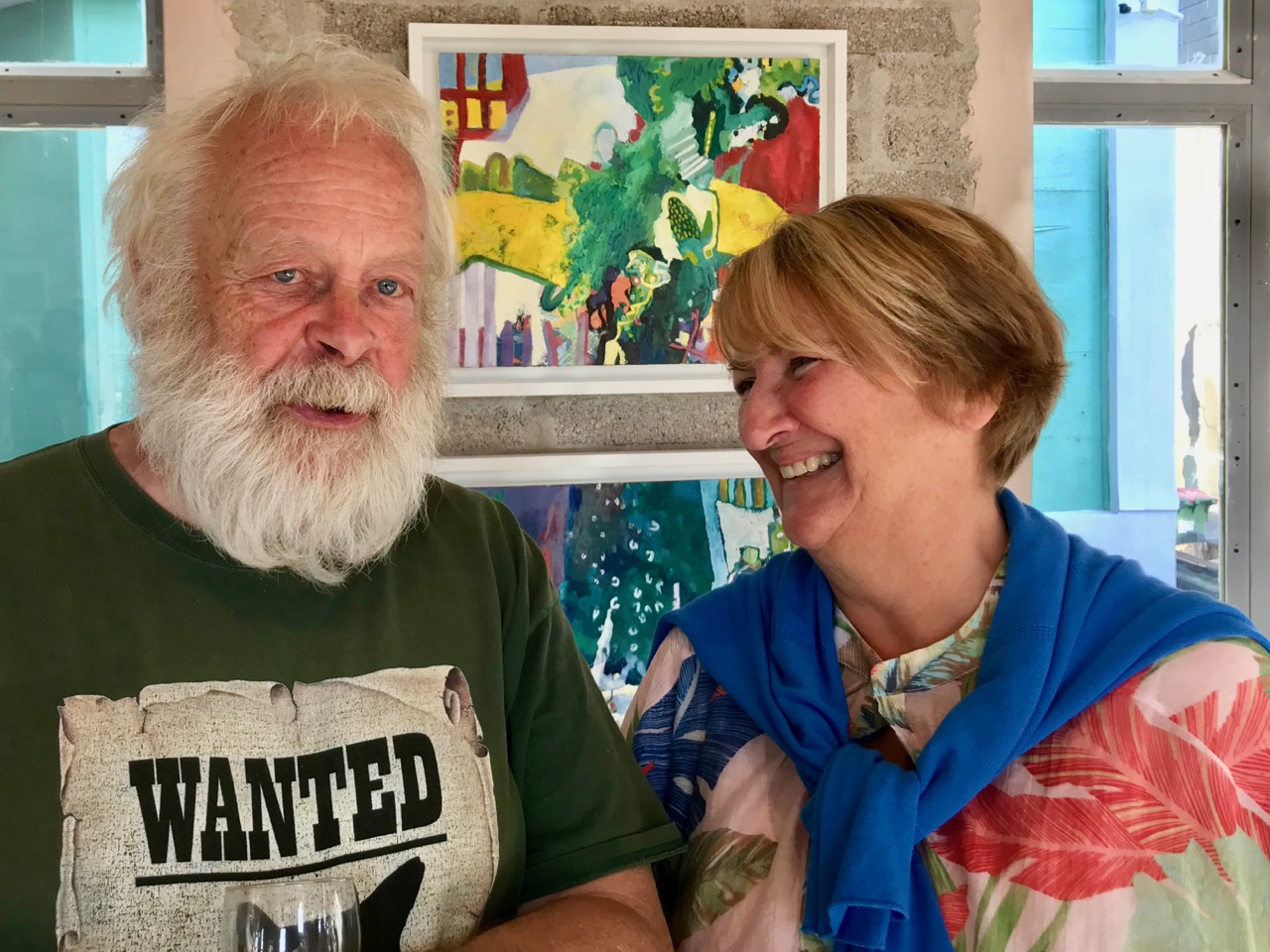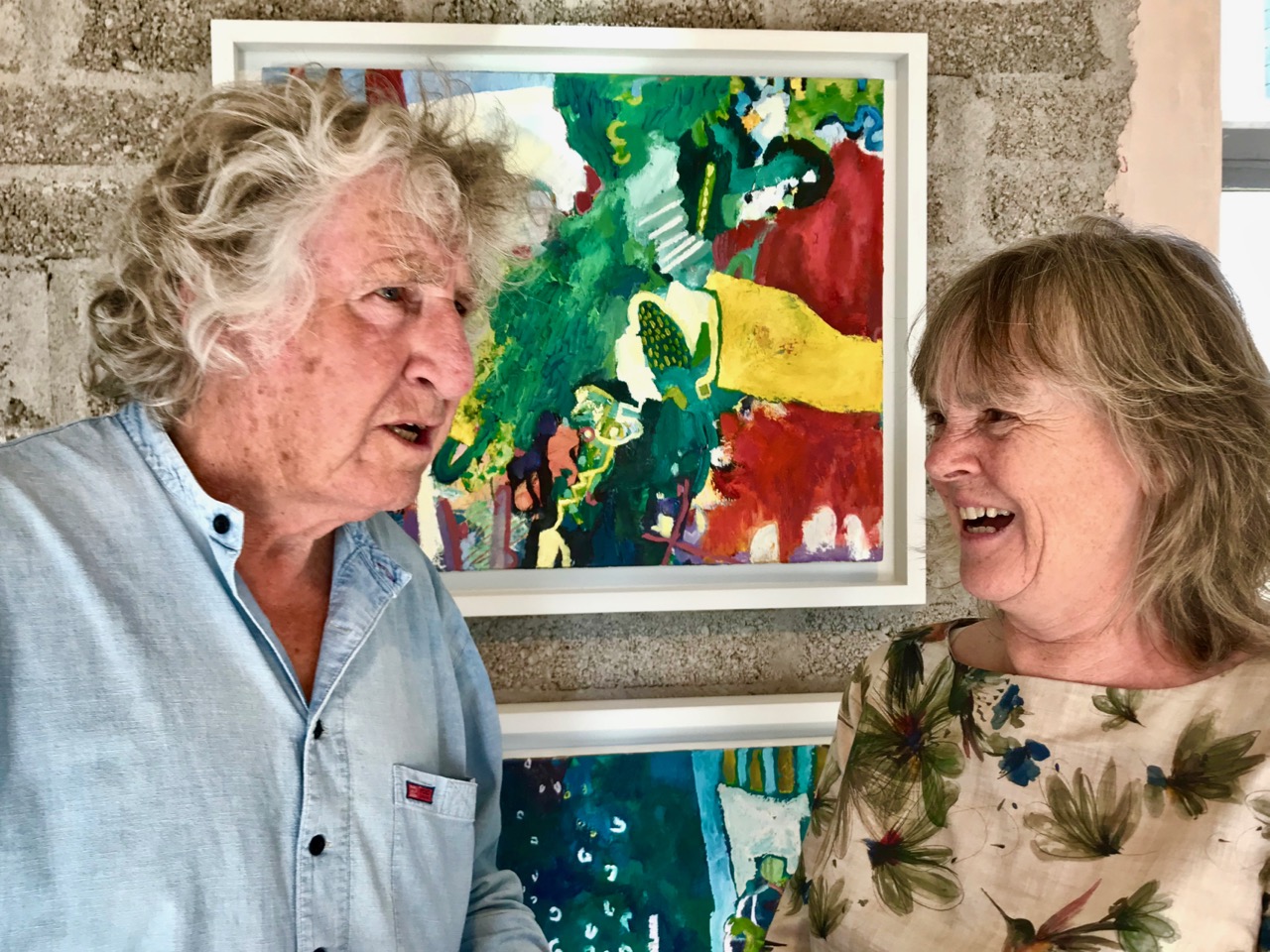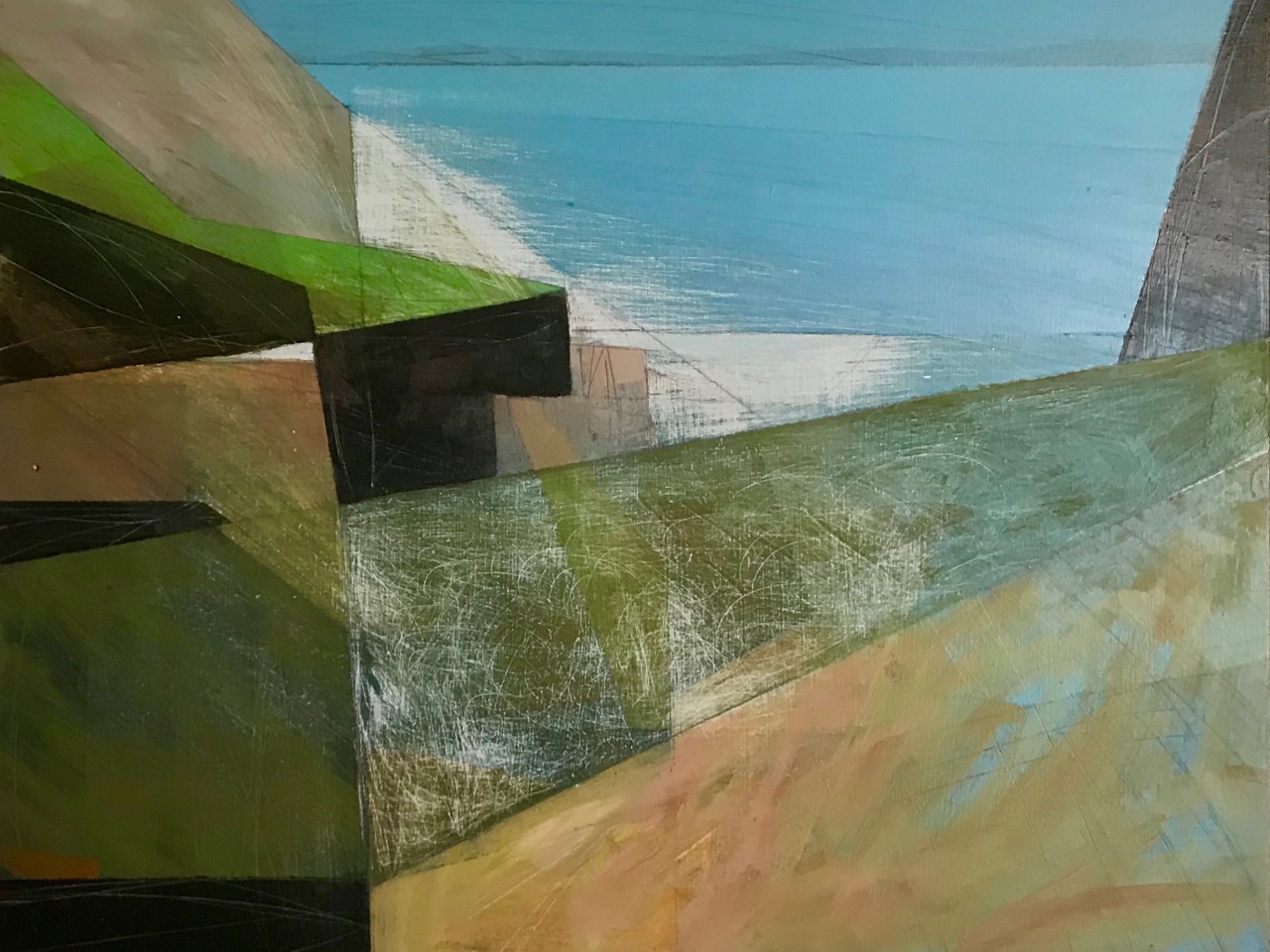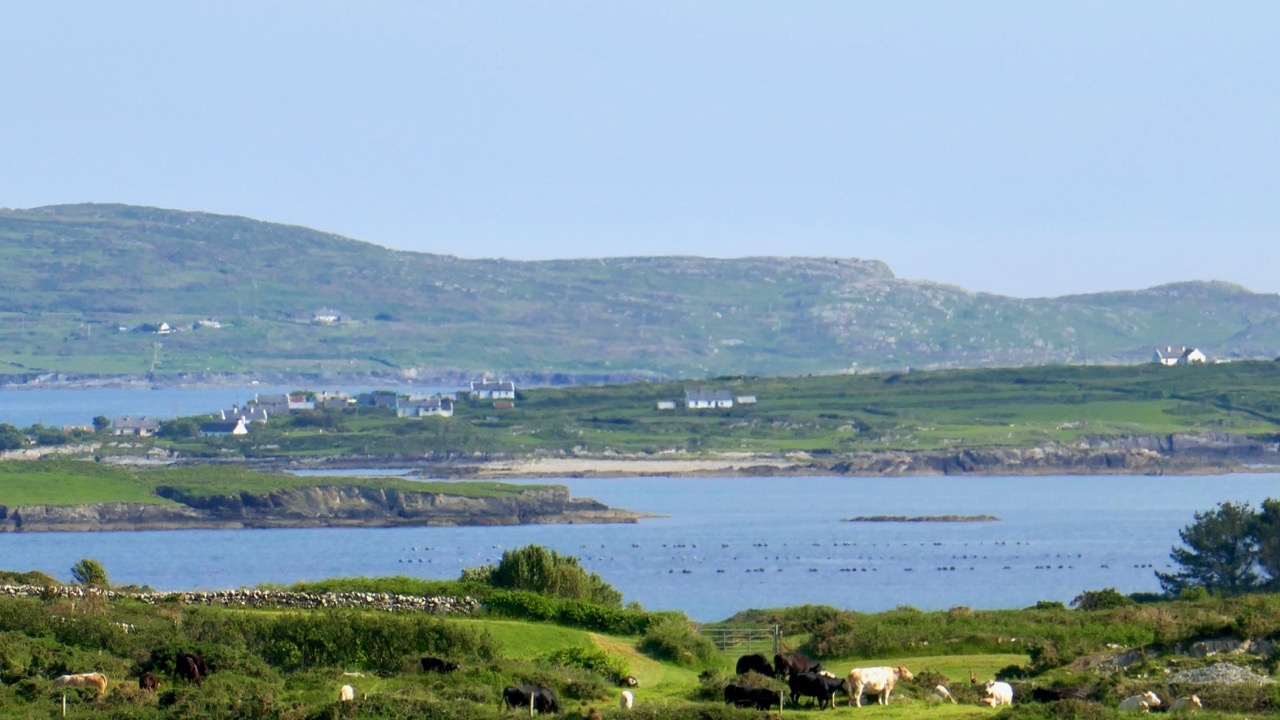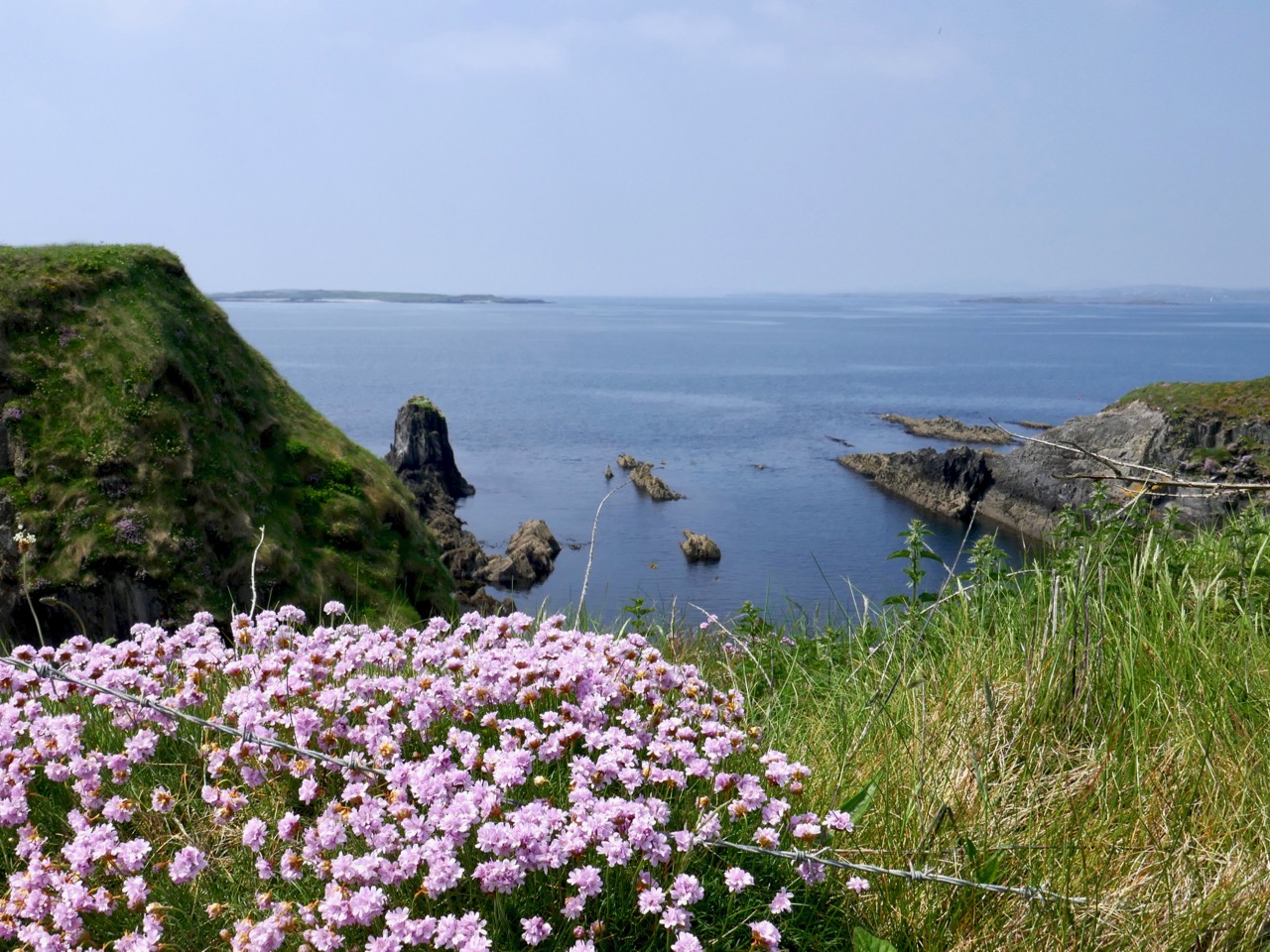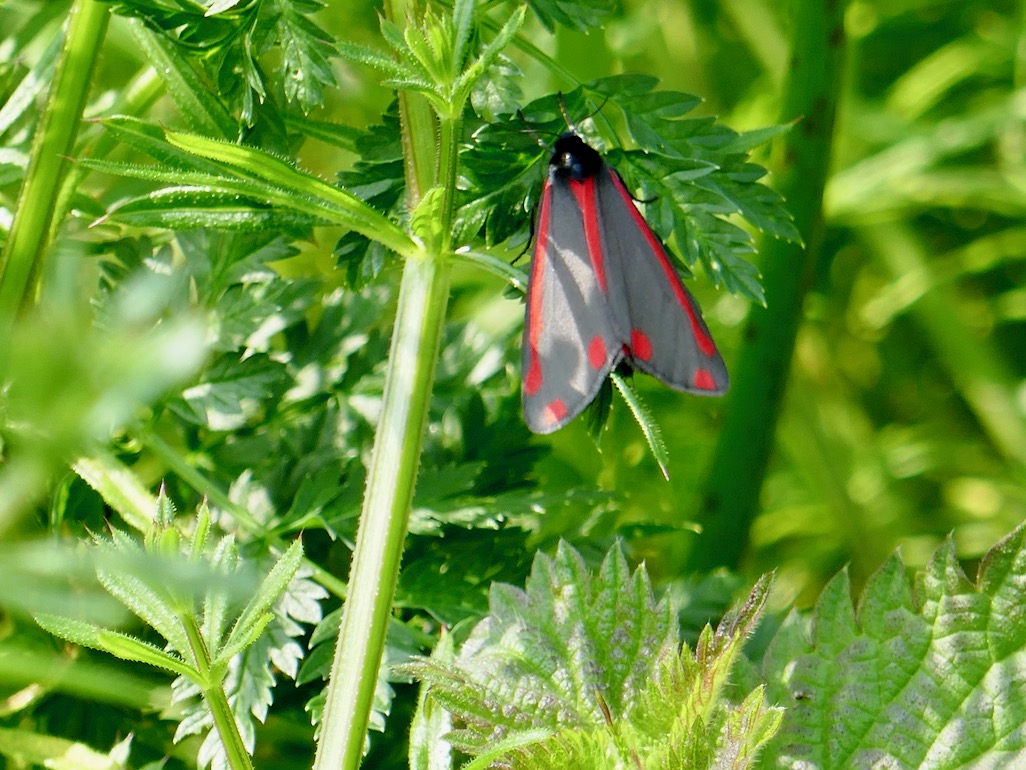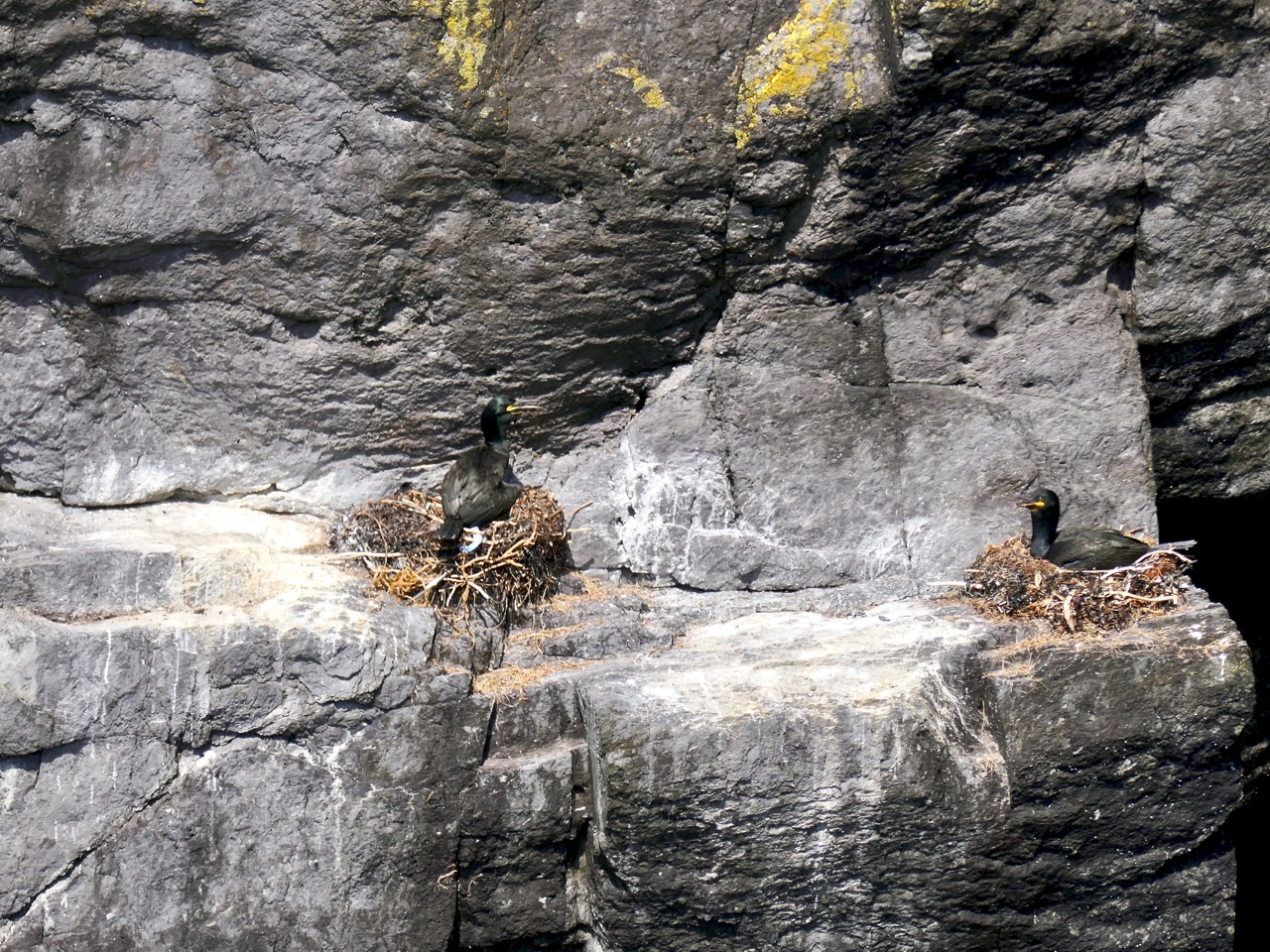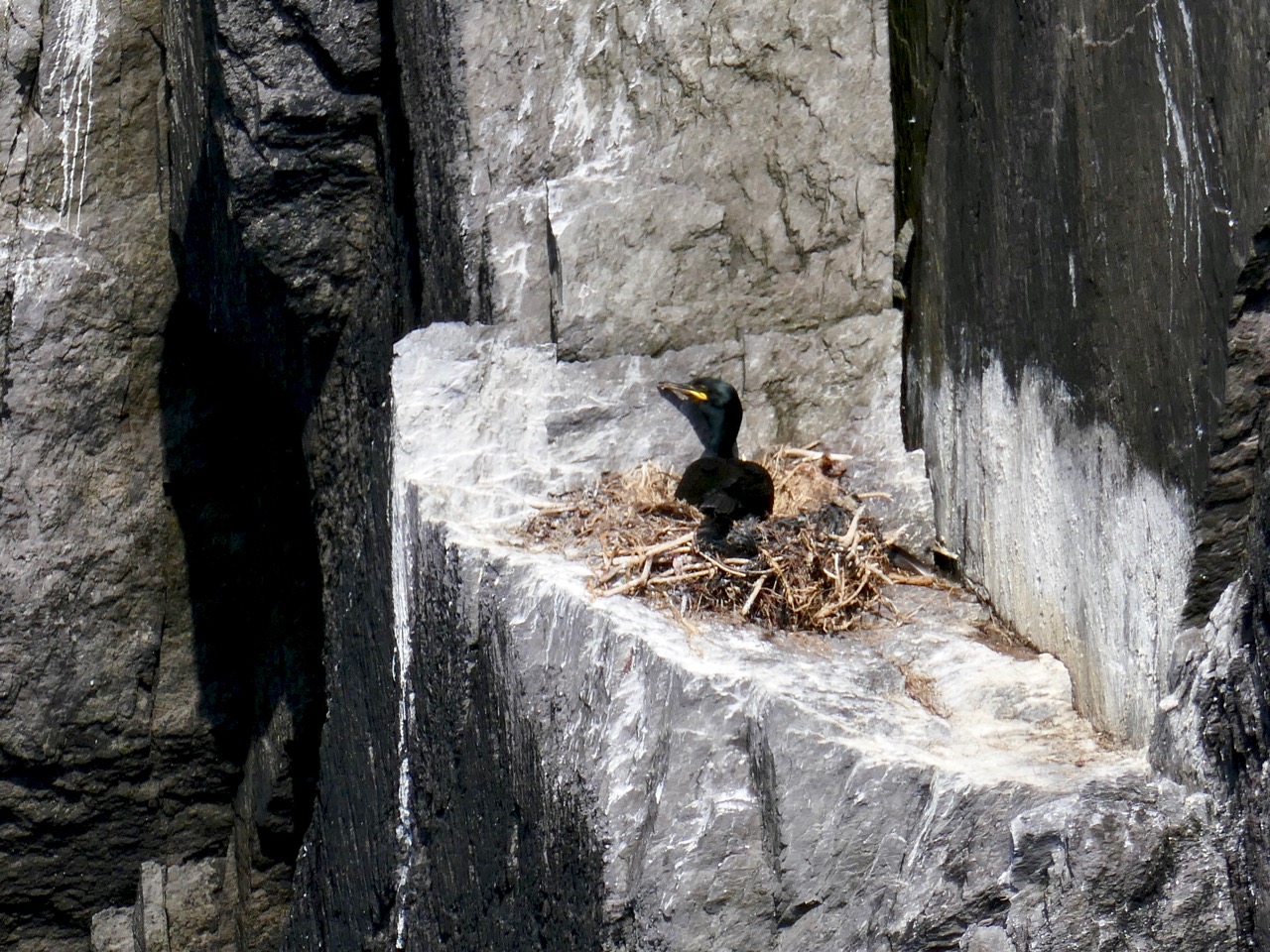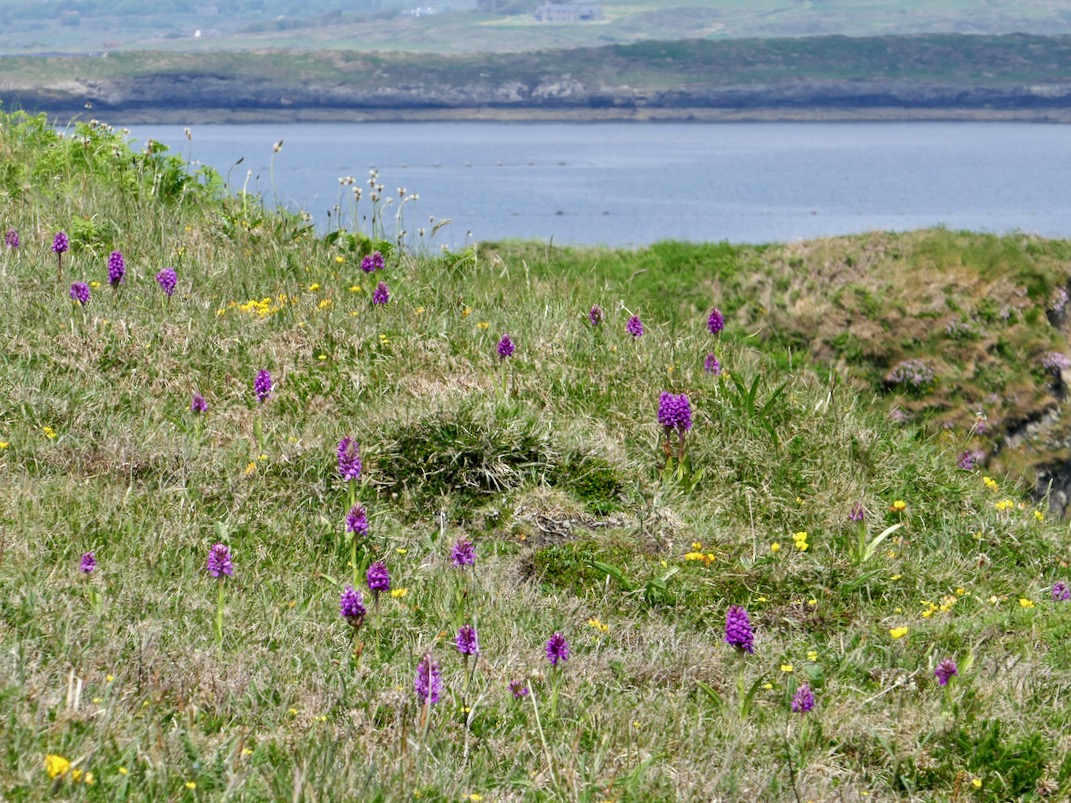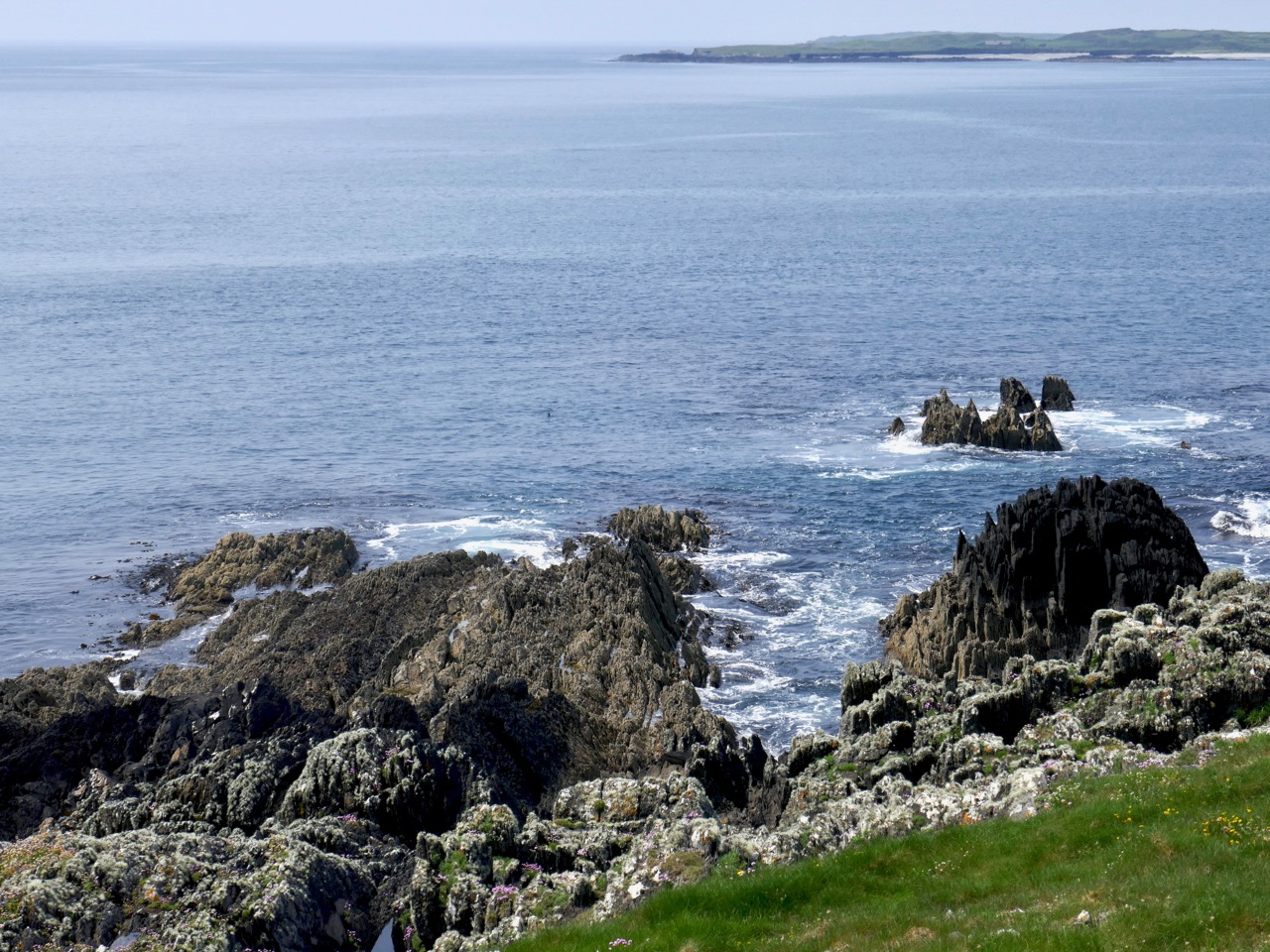
I never fail to come away on a high from this annual exhibition, and this year just confirmed that all over again! It is packed with swoon-worthy pieces, like Paddy McCormack‘s Whale Rider seat, above.
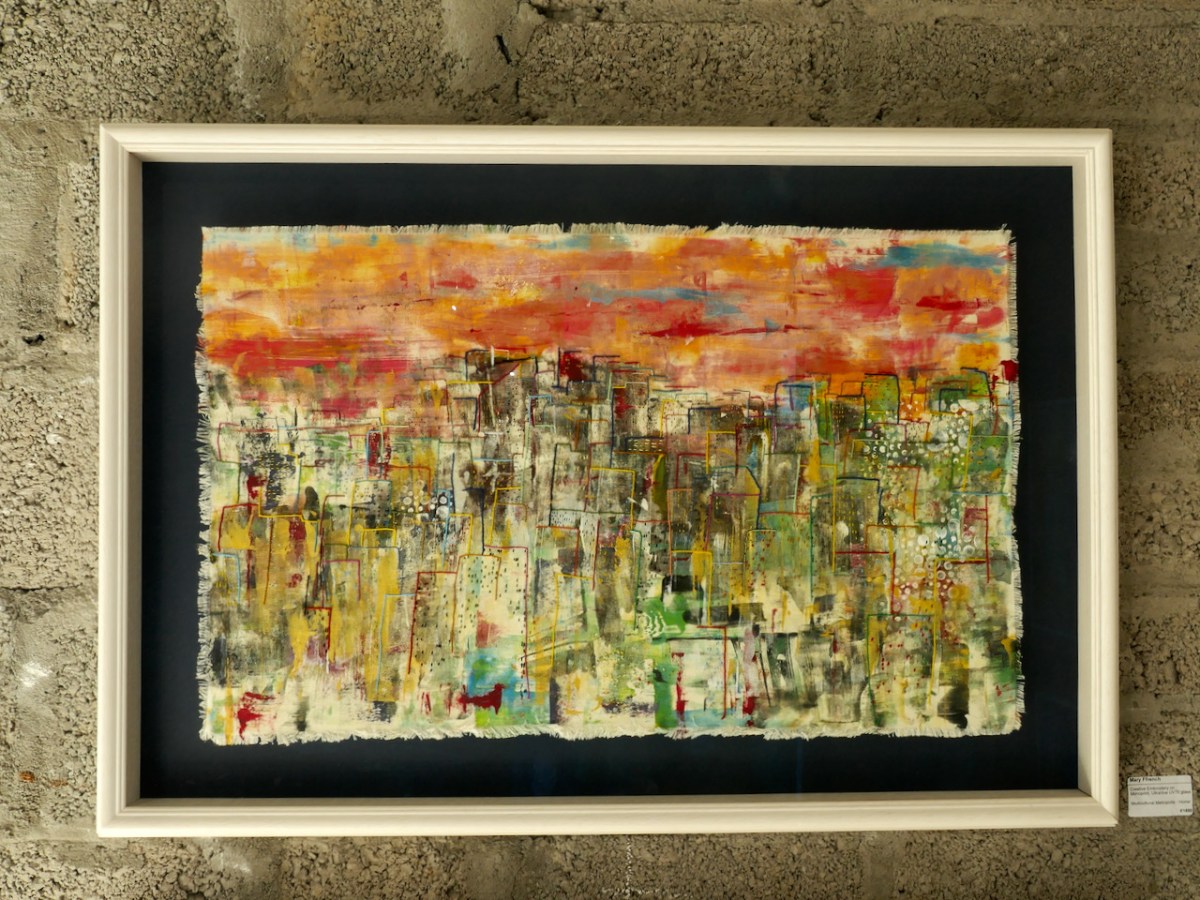
Mary Ffrench, Embroidery on Monoprint
The divide between ‘art’ and ‘craft’, although useful in some ways, can pigeonhole work that does not fall neatly into one category or the other. This annual juried exhibition gloriously transcends any artificial dividing lines and instead celebrates all that is best in the West Cork visual arts scene.
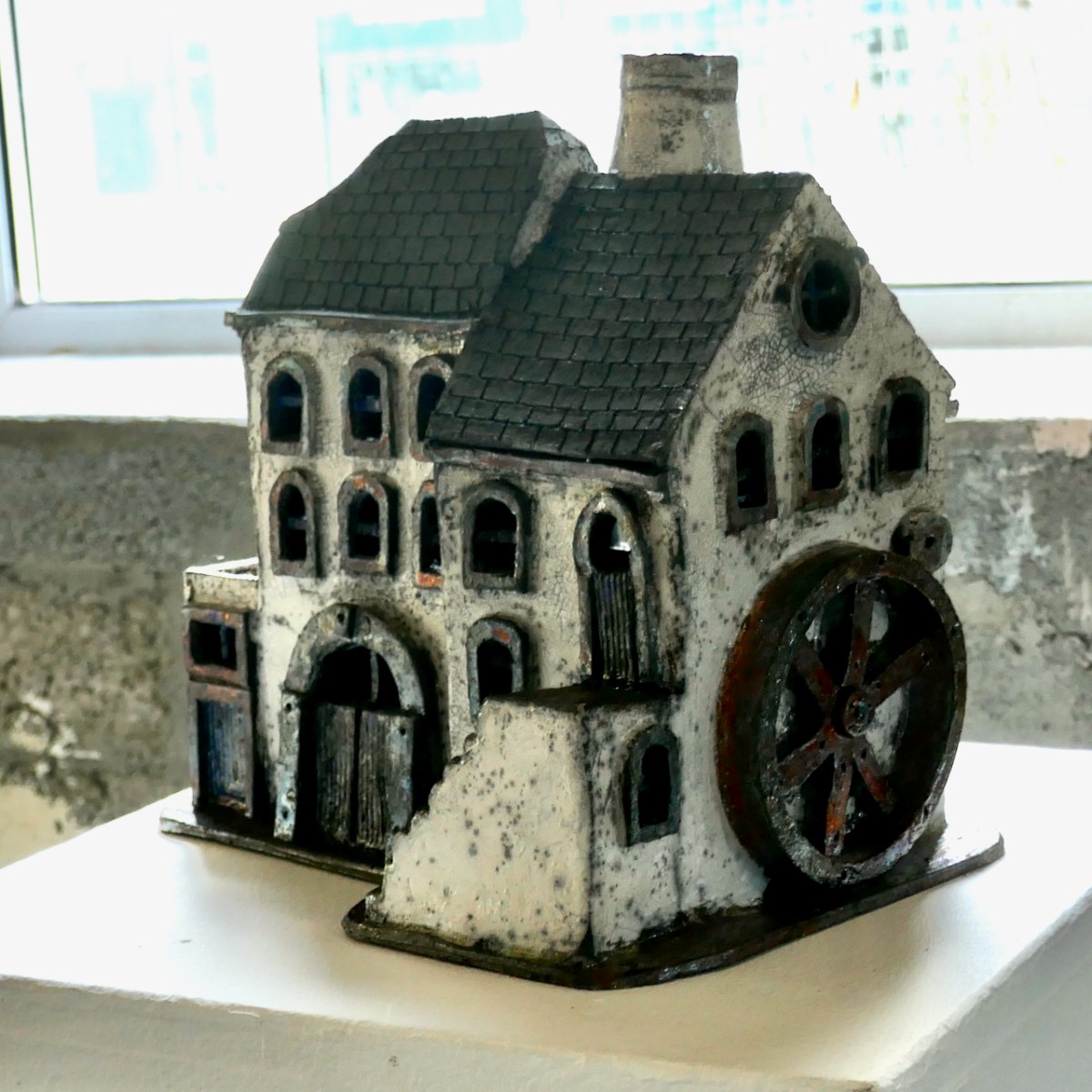
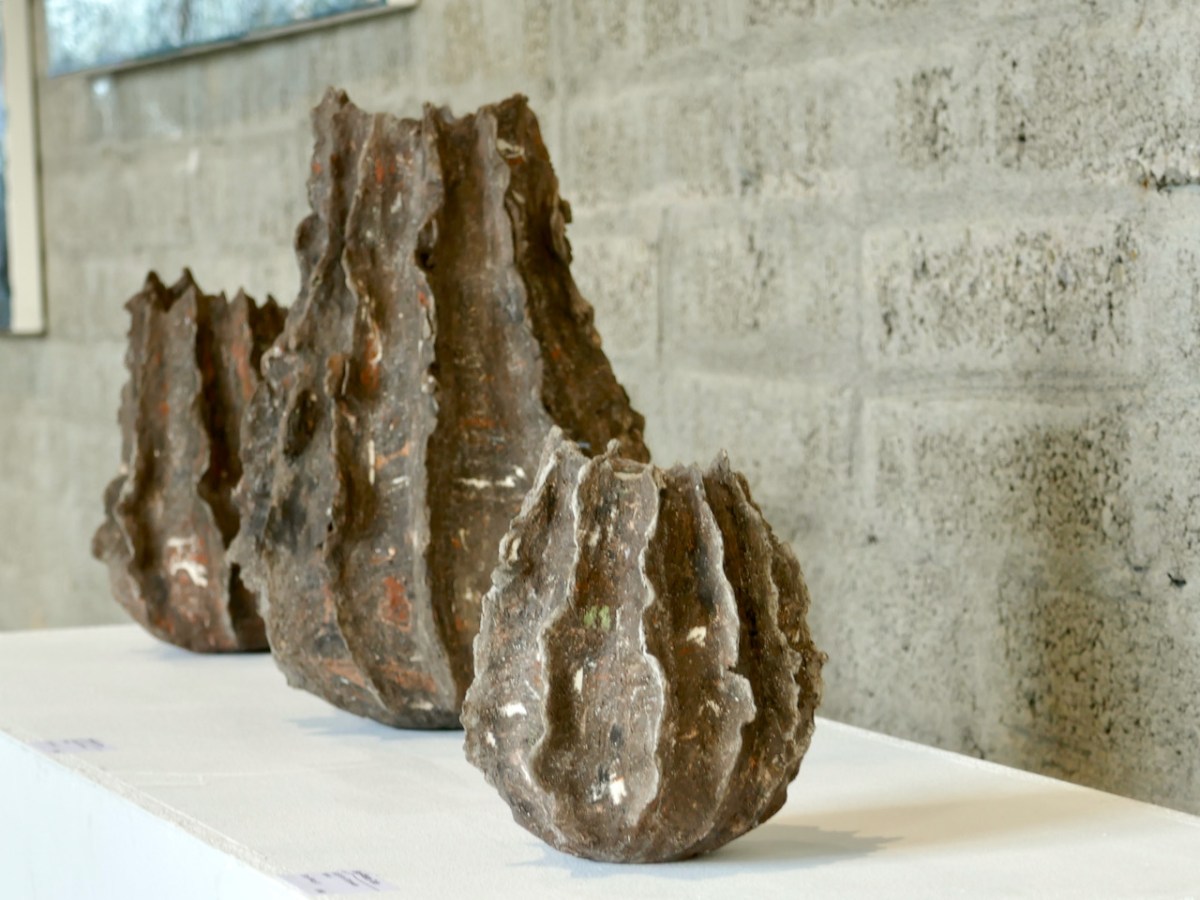
Brendan Ryan, Raku, The Old Mill; Bernadette Tuite, Sculptural Stoneware, Brow Head
Take a look at the website for bios of and statements by each of the artists. There’s a dizzying variety of approaches, materials and visions, but all are responding this year to the theme of Home Ground – and it’s not hard to relate, as we have all become so much more aware of our own patch of ground, and have taken to exploring all that it has to offer.

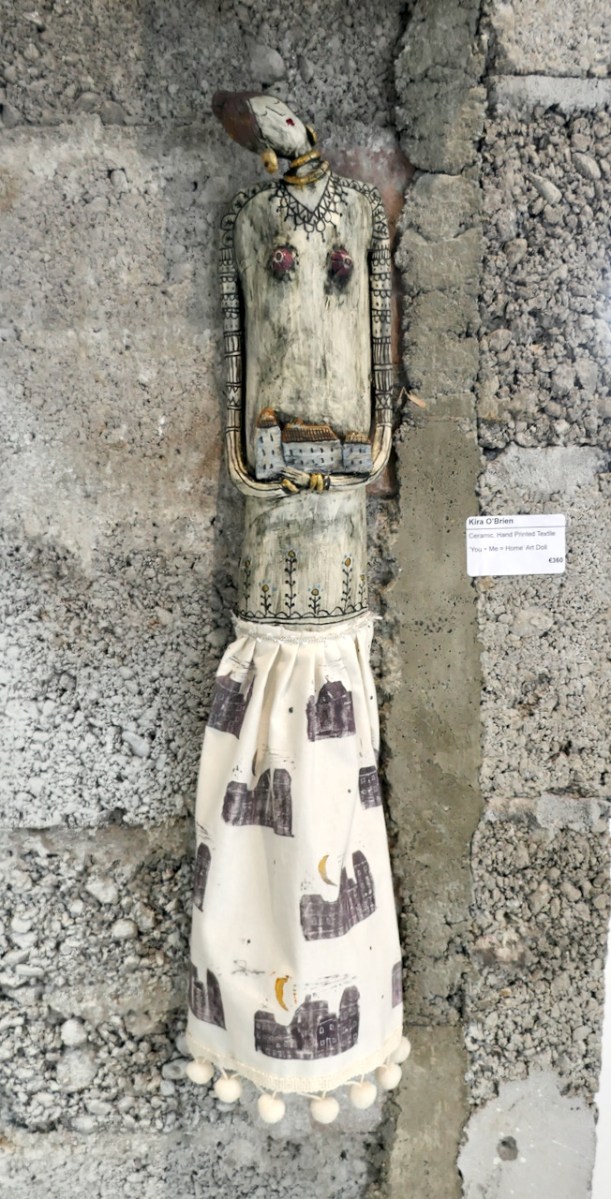
Greenwood chair by Alison Ospina with fabric by Mary Palmer (and in the background large jugs by Etain Hickey and Jim Turner; Kira O’Brien and her ceramic and hand-printed fabric piece ‘You+Me=Home’
It’s all for sale, too, with some very keen prices, so if you are looking to bring home a piece of West Cork, this is the place for you. The most lustworthy painting in the exhibition, to judge from the reaction of everyone who comes in the door, is Christine Thery’s Vanishing Island (below), a large oil painting of her beloved Heir Island.
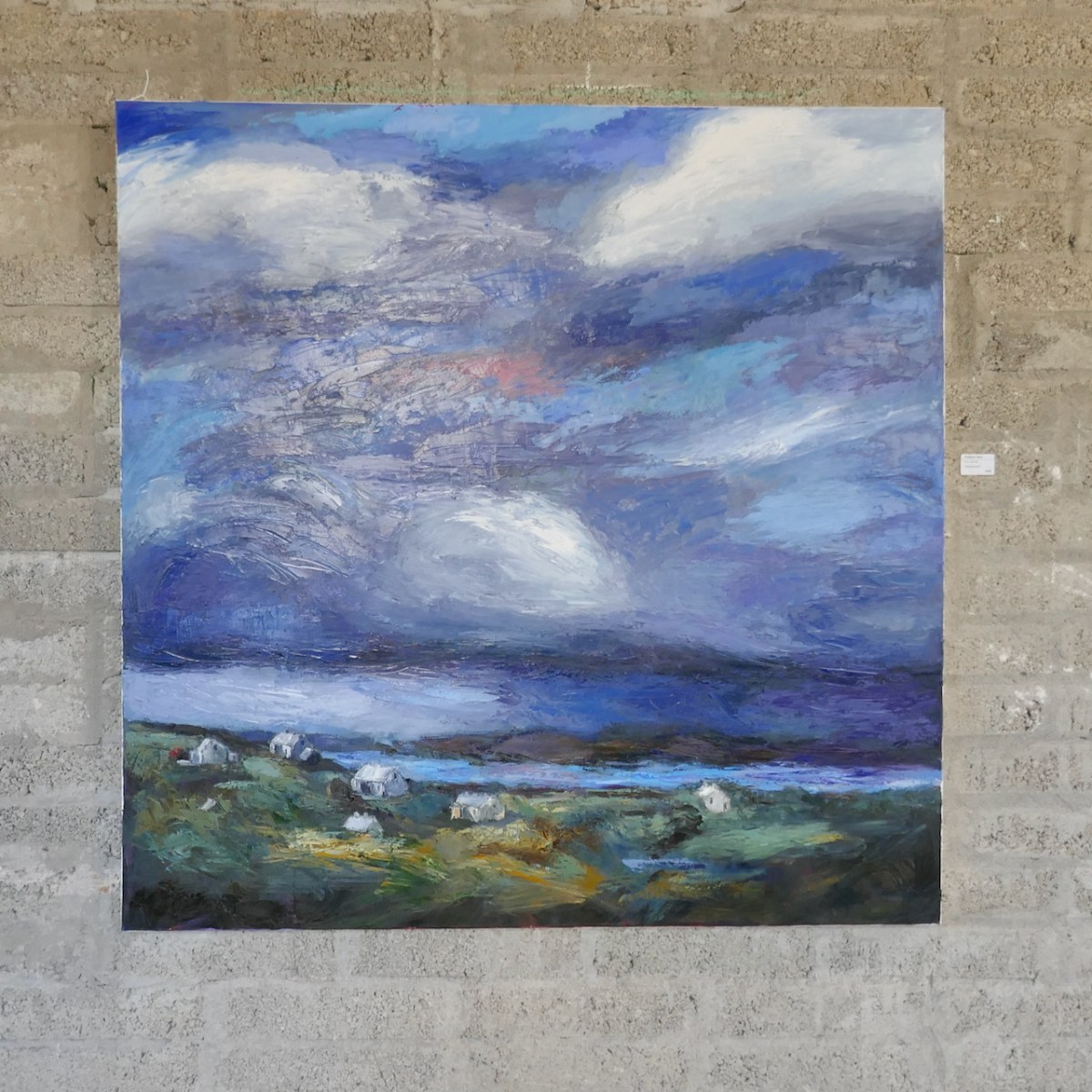
Helen O’Keefe’s terroir is another Island – Long Island – and she captures the sometimes nostalgic emptiness of it all in her paintings, although the large one below shows her responsiveness to its vibrant colours as well.
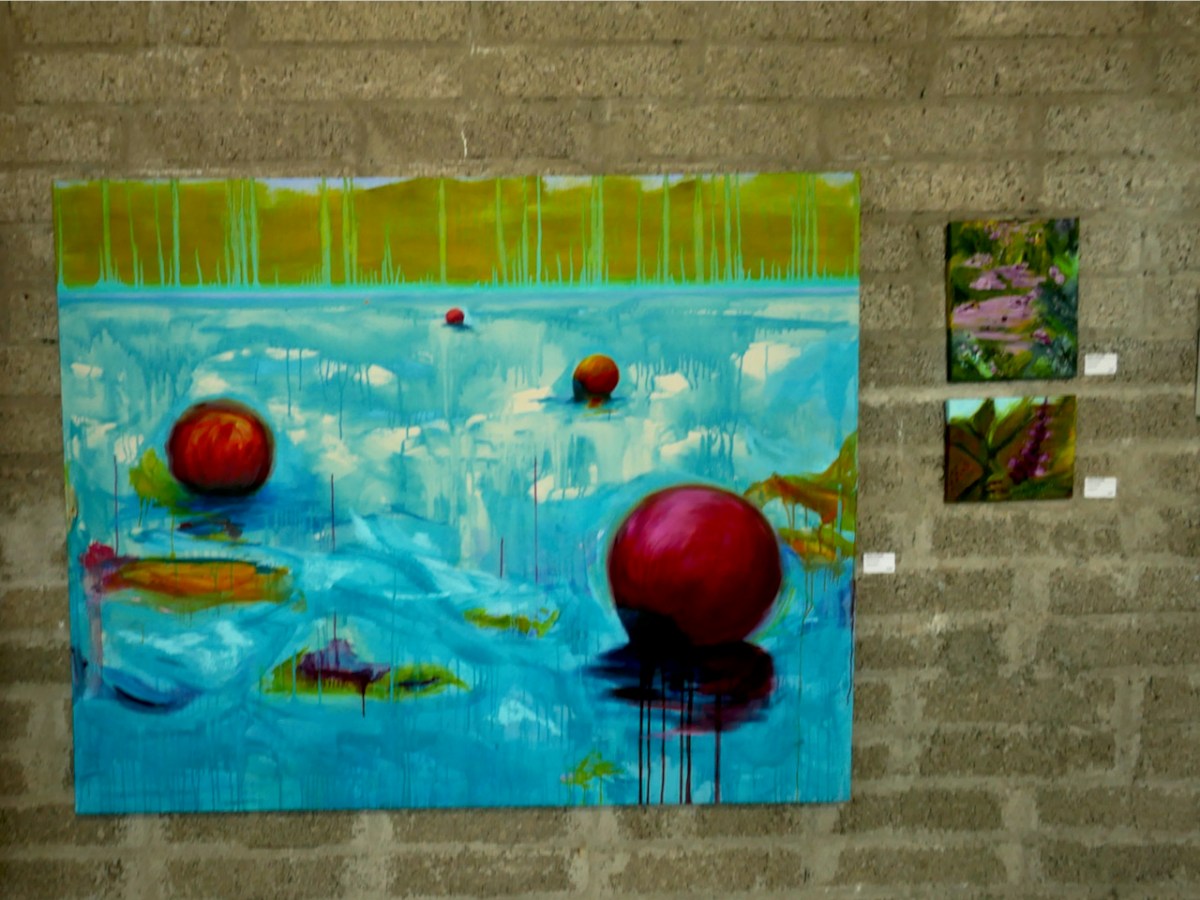
Lots of jewellery too – Here is one of Michael Duerdon’s gorgeous brooches – Garden Shed. (If a particular person out there is wondering what to get me for Christmas…just saying.)
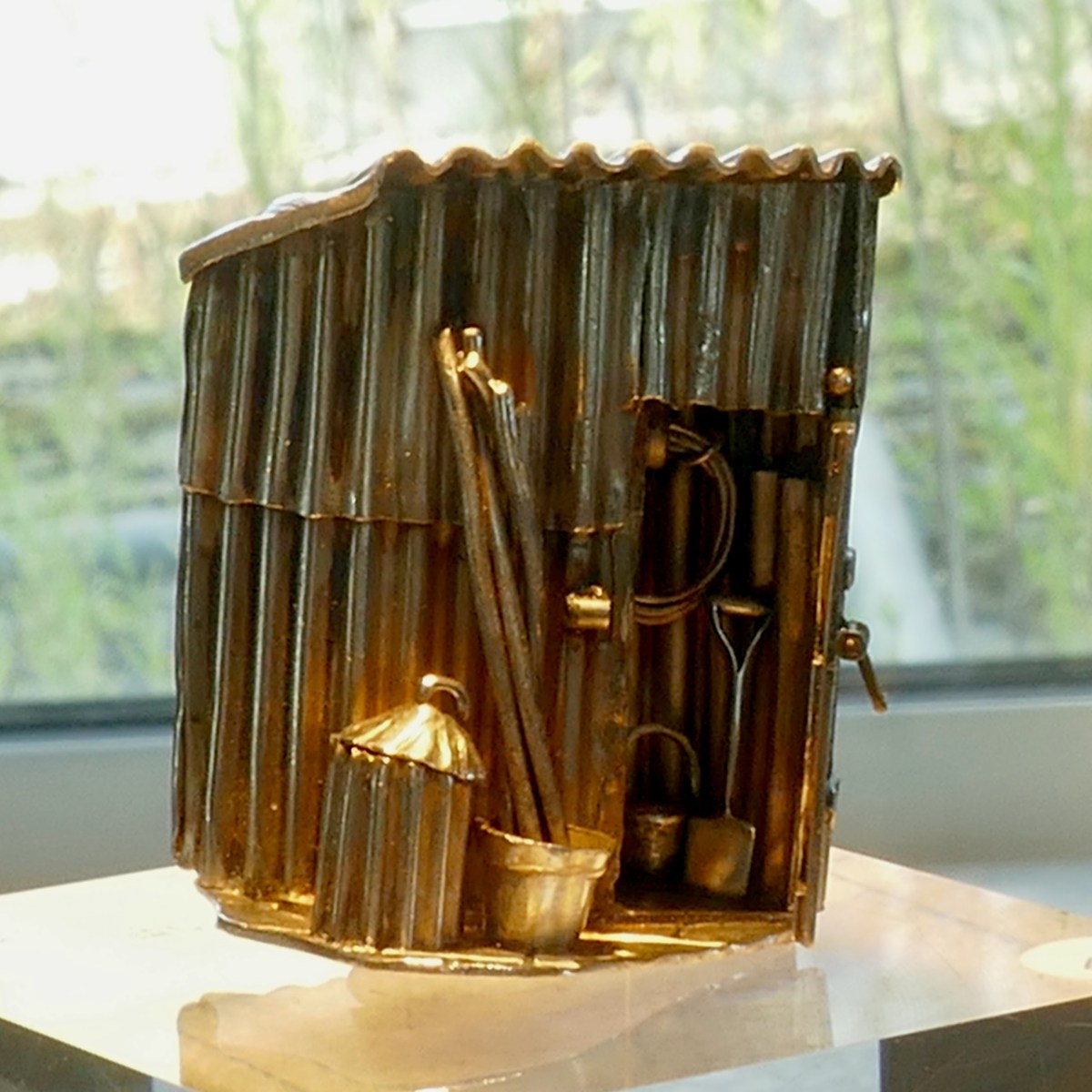
And glass! As someone who studies and writes about stained glass, I was delighted to see such a variety of glass this year, from classical stained glass, to fused creations.
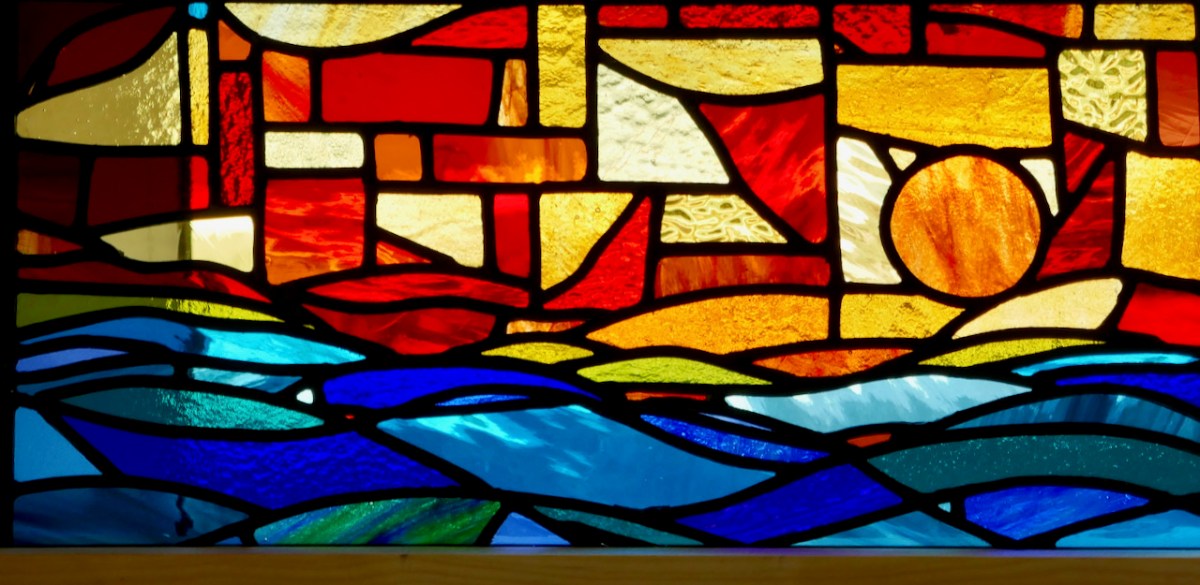
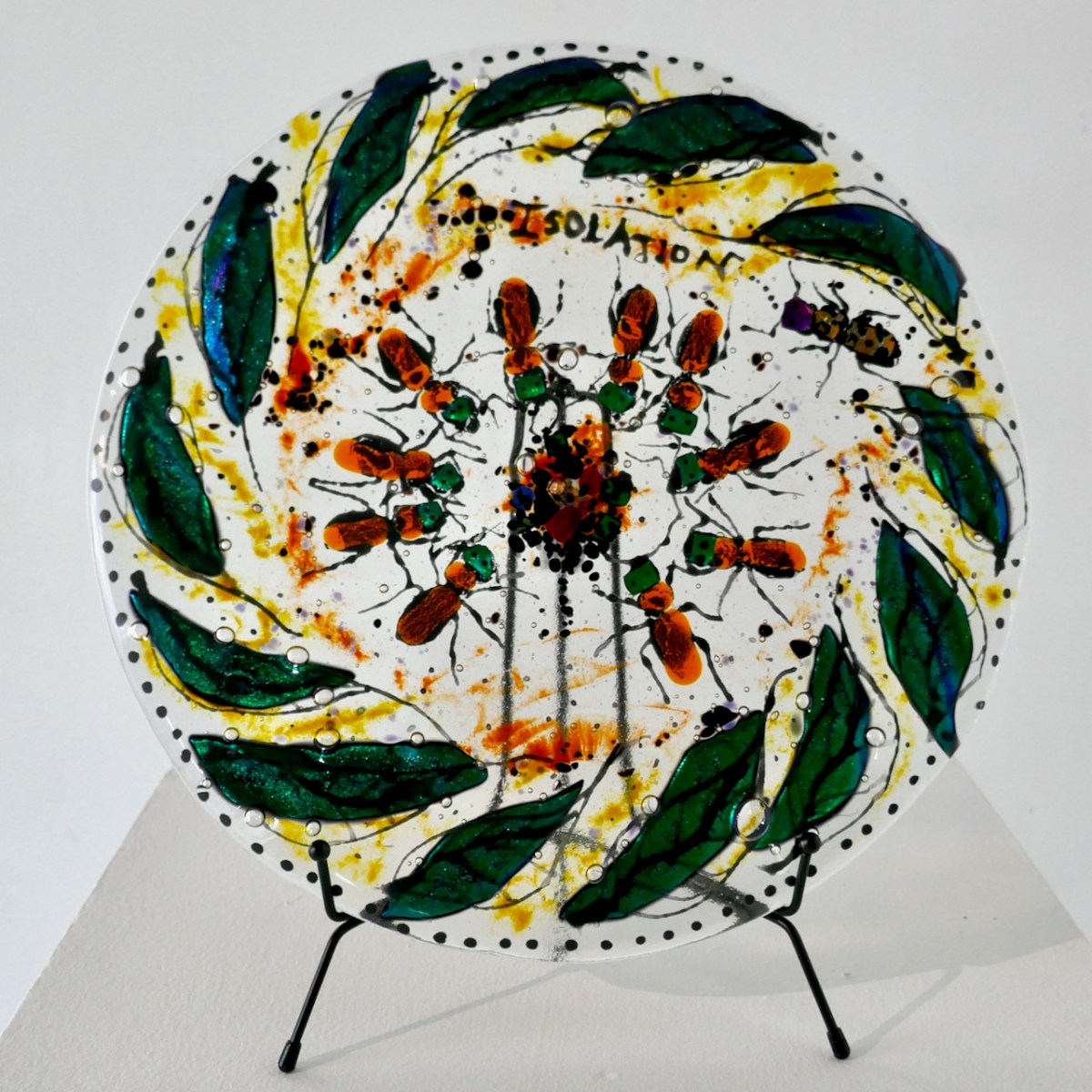

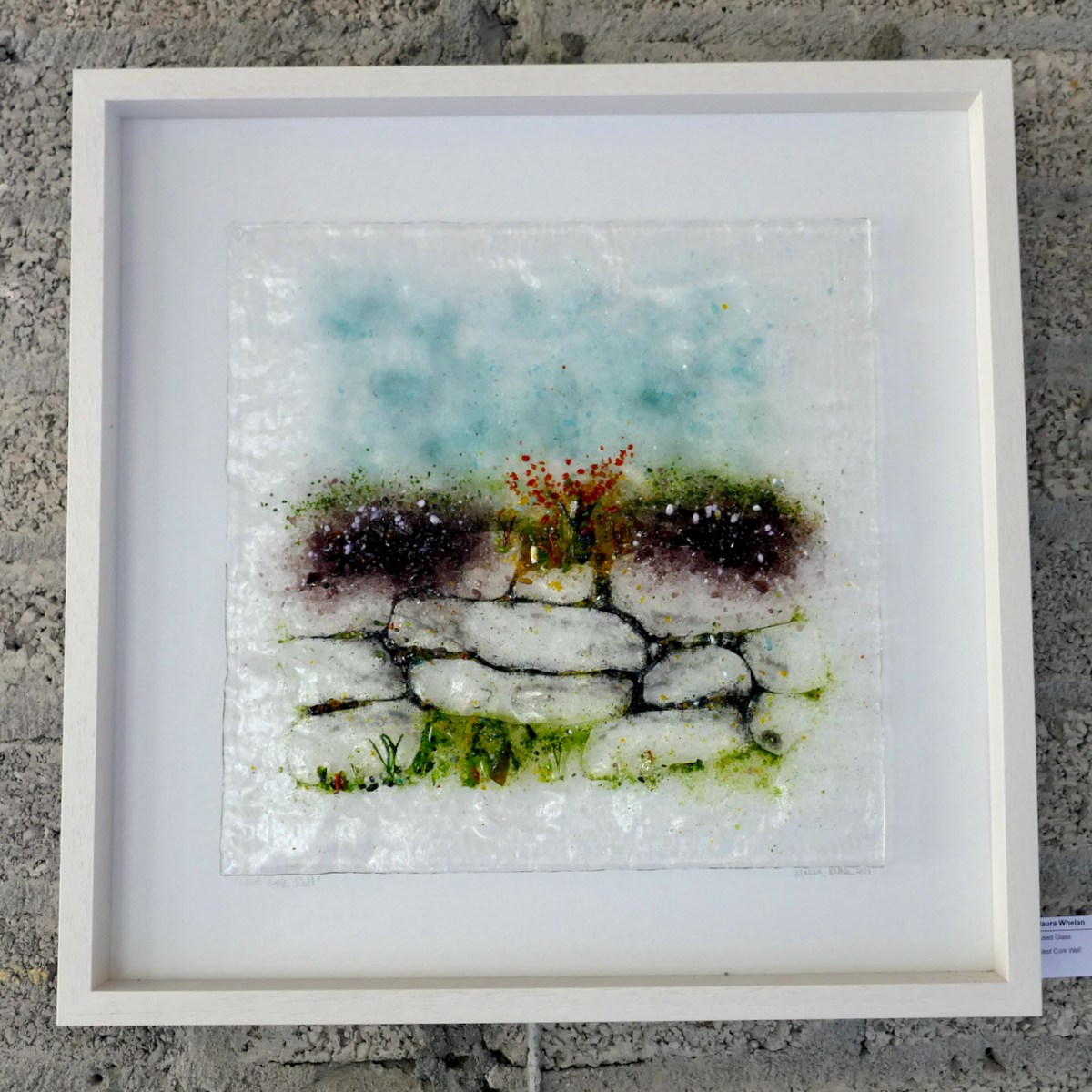
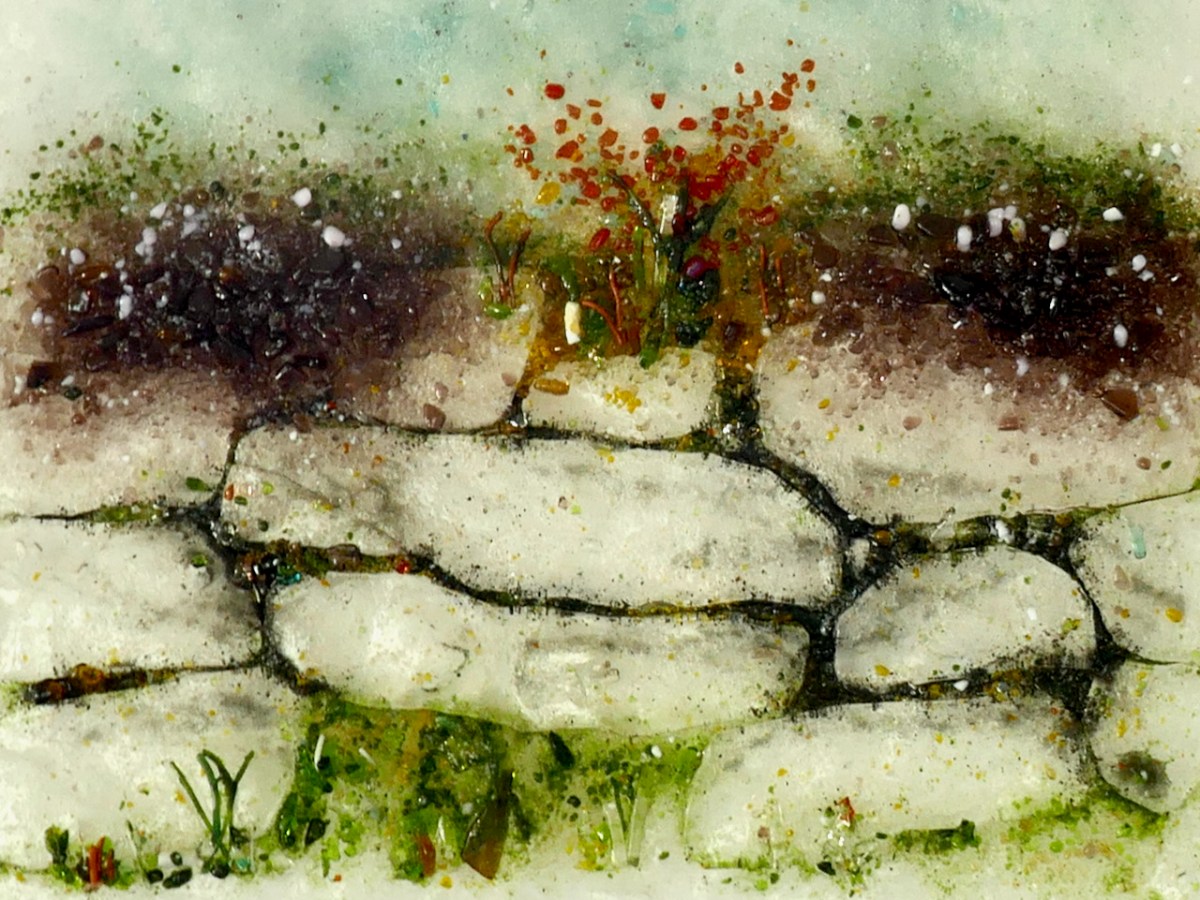
In descending order: Deirdre Buckley Cairns stained glass inspired by the Calf Islands; Angela Brady’s witty ‘Ant Colony’; A vibrant kiln-fired plate from Trish Goodbody; Maura Whelan’s West Cork Wall, and a detail from that piece
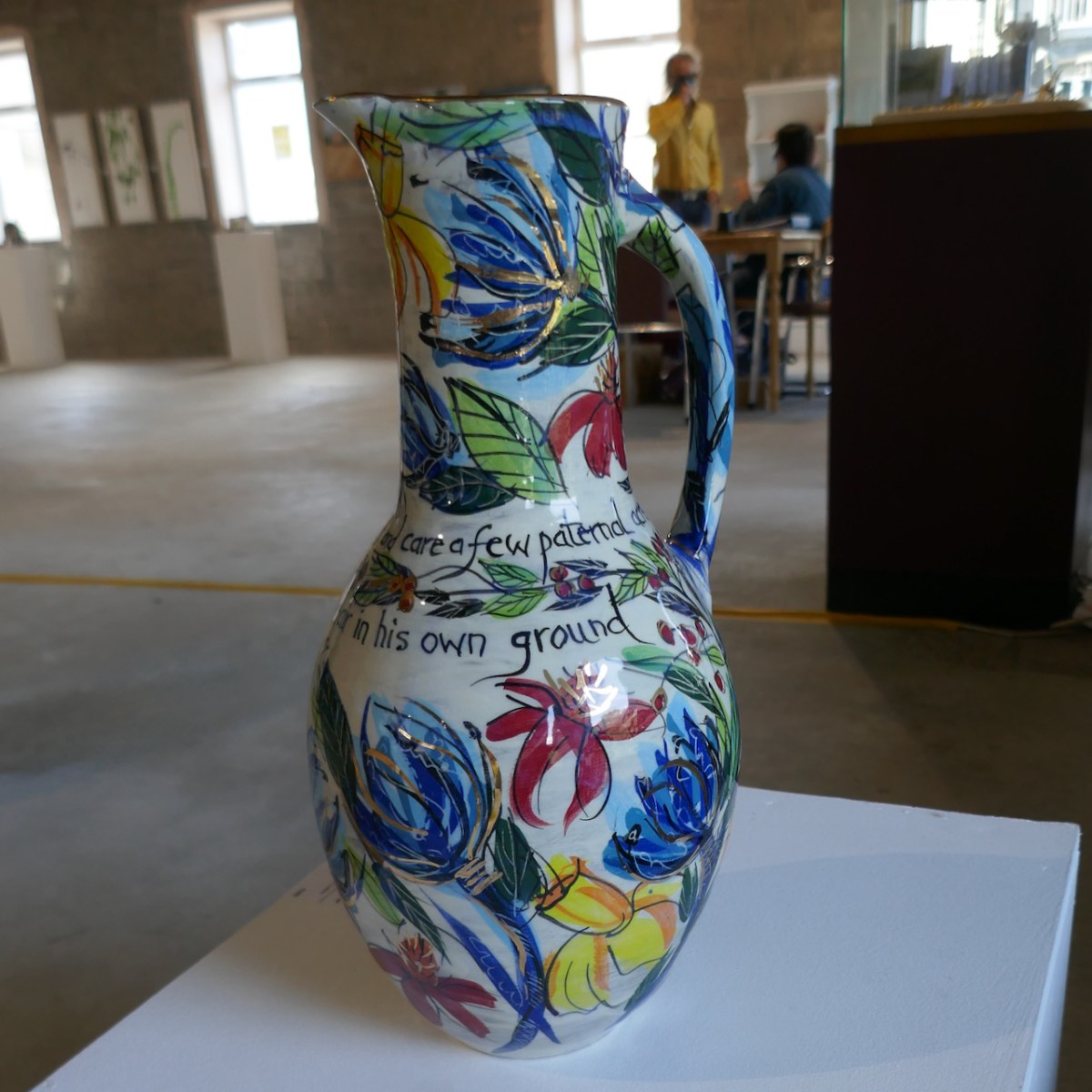

Jim Turner and Etain Hickey each have their own ceramics in this show, but they have also collaborated on several items, including beautifully decorated large jugs (above, upper). Etain has been inspired by her lockdown walks this year to produce a set of wall plates in glowing reds and blues, all angles and arcs, illustrating the agricultural life around her (above, lower).
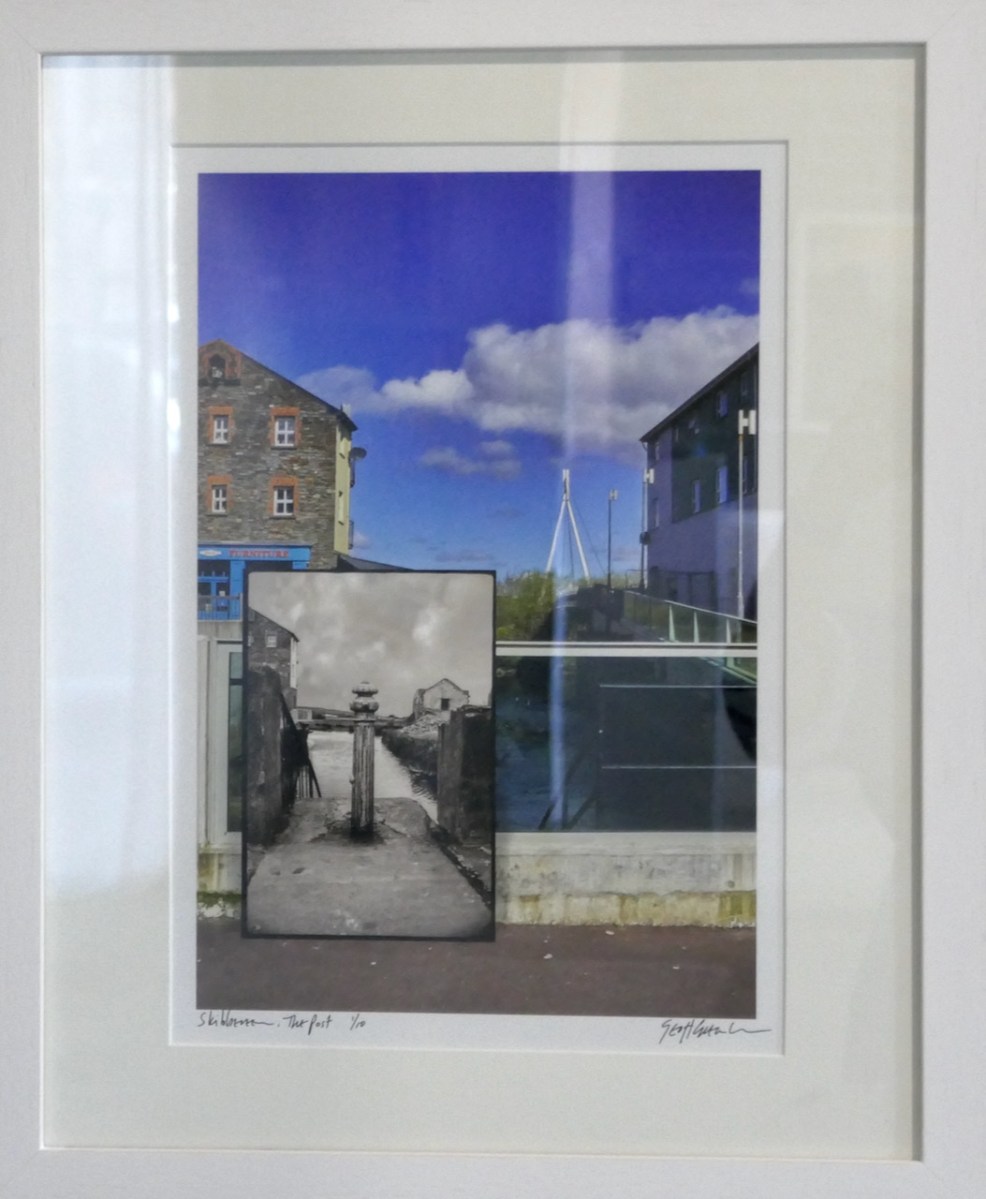
Geoff Greenham is one of my favourite local photographers and I love his approach to the theme this year – juxtaposing the old and new in his series on Skibbereen. Below is ‘Bollard’. Although the exhibition space, in the O’Driscoll building by the River, is superb for exhibiting, it’s not great for photography, so my apologies to Geoff and others for the reflections in some of my images.
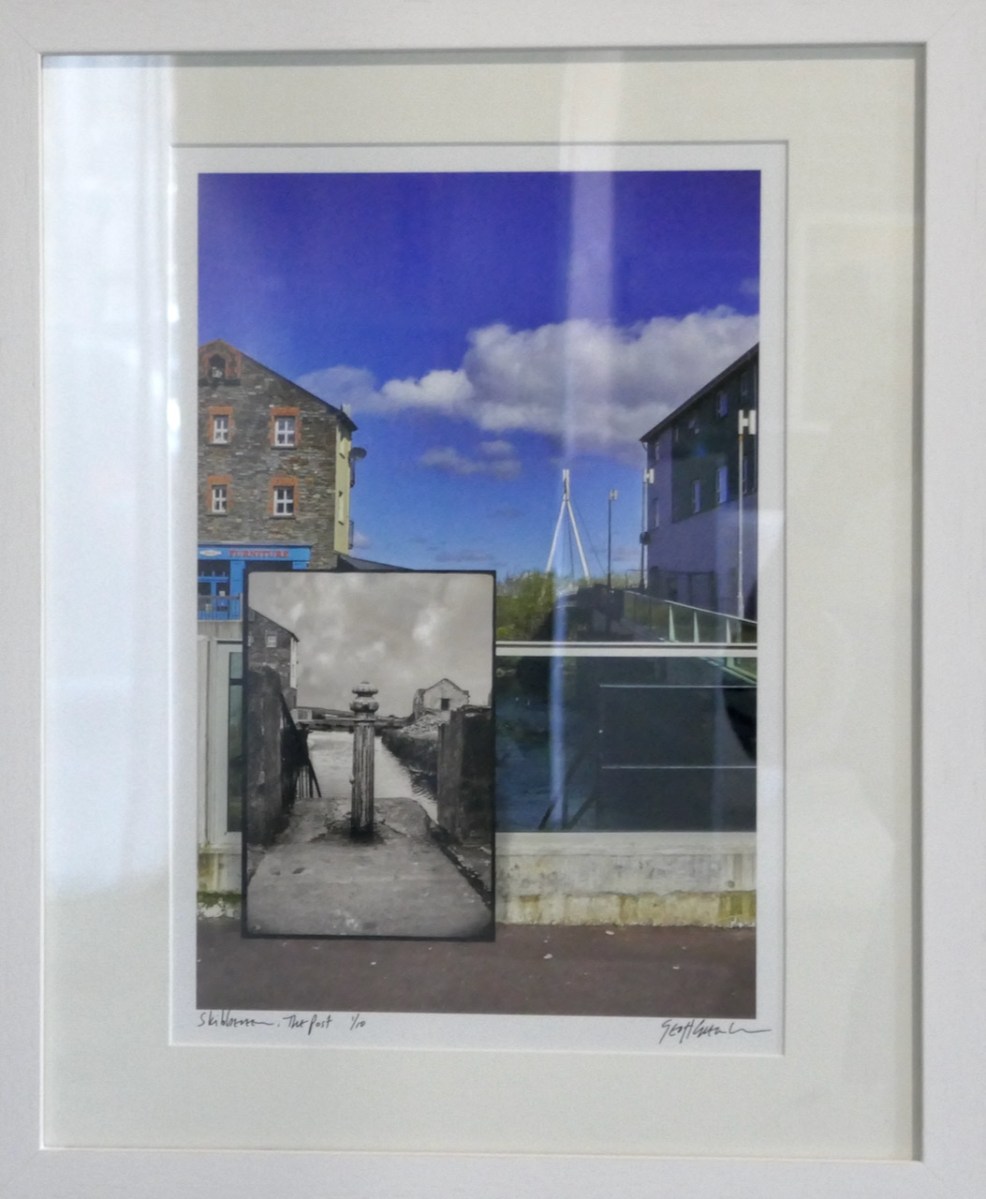
Geoff Greenham and Sonia Caldwell were standouts for me last year, when West Cork Creates was solely online, so I will finish with Sonia’s sculpture in this year’s show – another one of her thoughtful, brooding figures which showcases her mastery of technique.
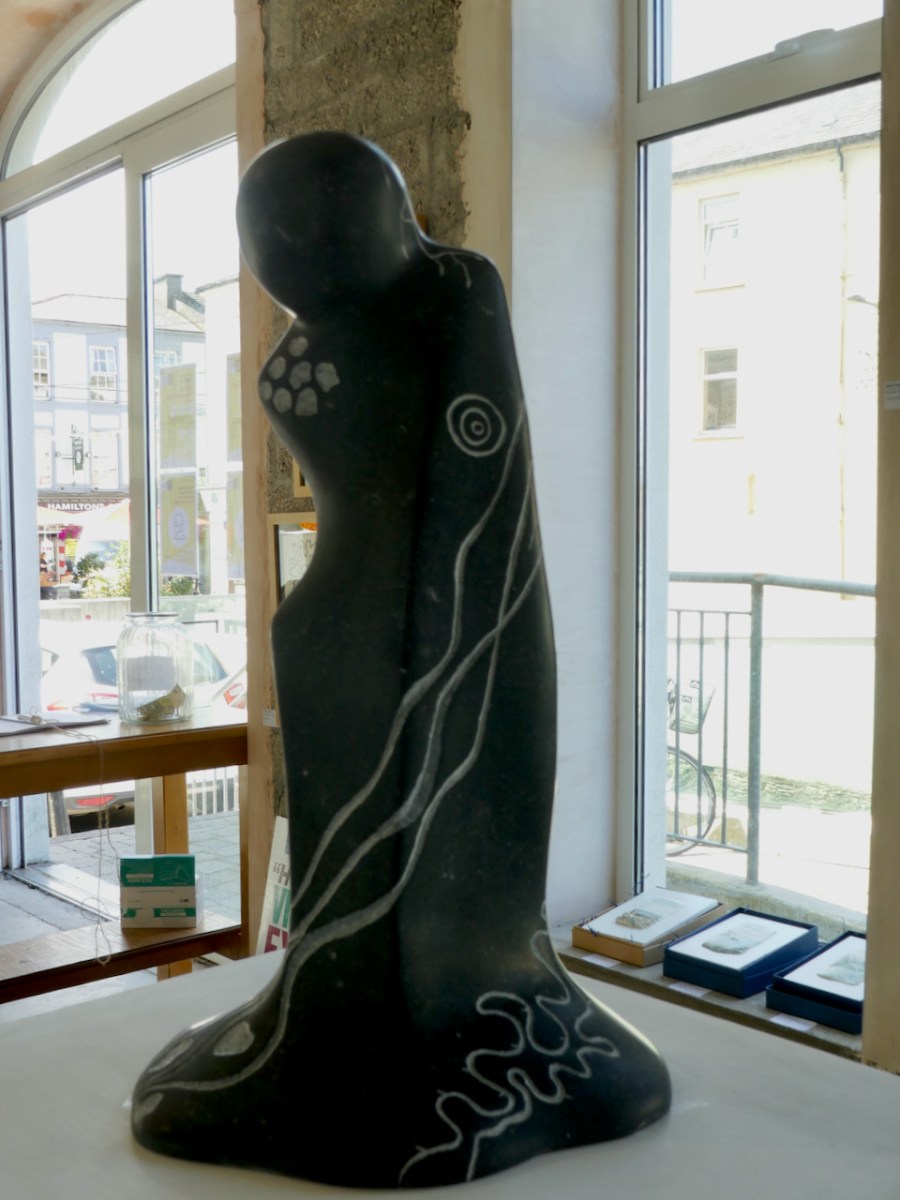
I have only shown a tiny fraction of what’s in the Exhibition. It’s on for another two weeks, until the 28th, so make sure you get there!
